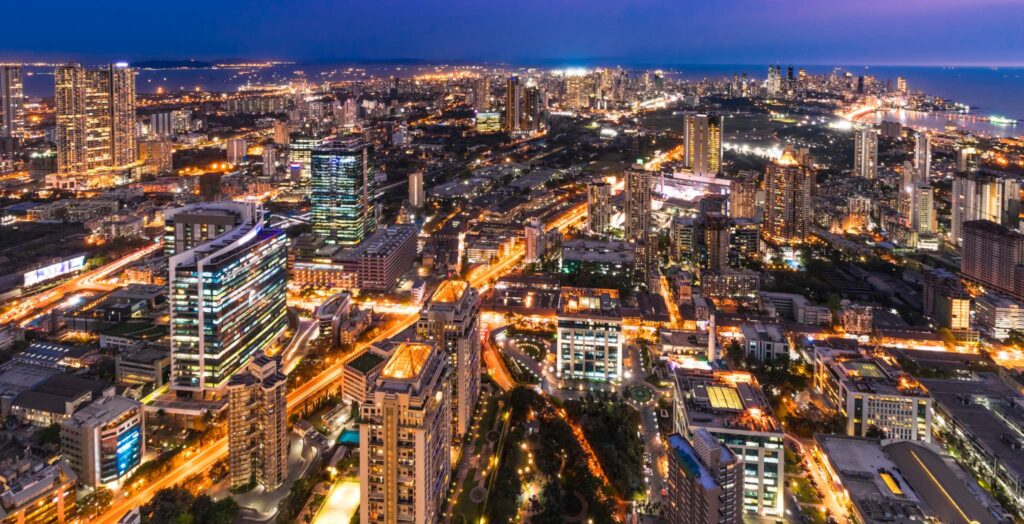Facts About Mumbai is commonly referred to as the financial capital of India. It is a melting place of cultures, traditions, and dreams.
a city that never sleeps and is always brimming with energy and excitement. It is not just a city; it’s a way of life.
One of the Facts About Mumbai is most striking features is its vibrant diversity.
From the towering skyscrapers of the business district to the bustling streets of its vibrant neighborhoods, “every corner of the city has a unique story to tell.”
The city is home to people from all walks of life, from Bollywood celebrities to hard-working labourers, all coexisting harmoniously in this dynamic urban landscape.
Mumbai is also famous for its historical landmarks and iconic attractions.
From the majestic Gateway of India overlooking the Arabian Sea to the historic Chhatrapati Shivaji Maharaj Terminus, formerly Victoria Terminus, the city is dotted with architectural marvels reflecting its rich heritage.
Moreover, Mumbai is a food lover’s paradise, offering diverse culinary delights, from mouth watering street food to gourmet dining experiences.
Whether you crave spicy vada pav or indulgent seafood, Facts About Mumbaihas something to satisfy every palate.
Join us to uncover Mumbai’s fascinating facts and hidden gems. This city always captivates and inspires visitors.
1. Financial hub of India
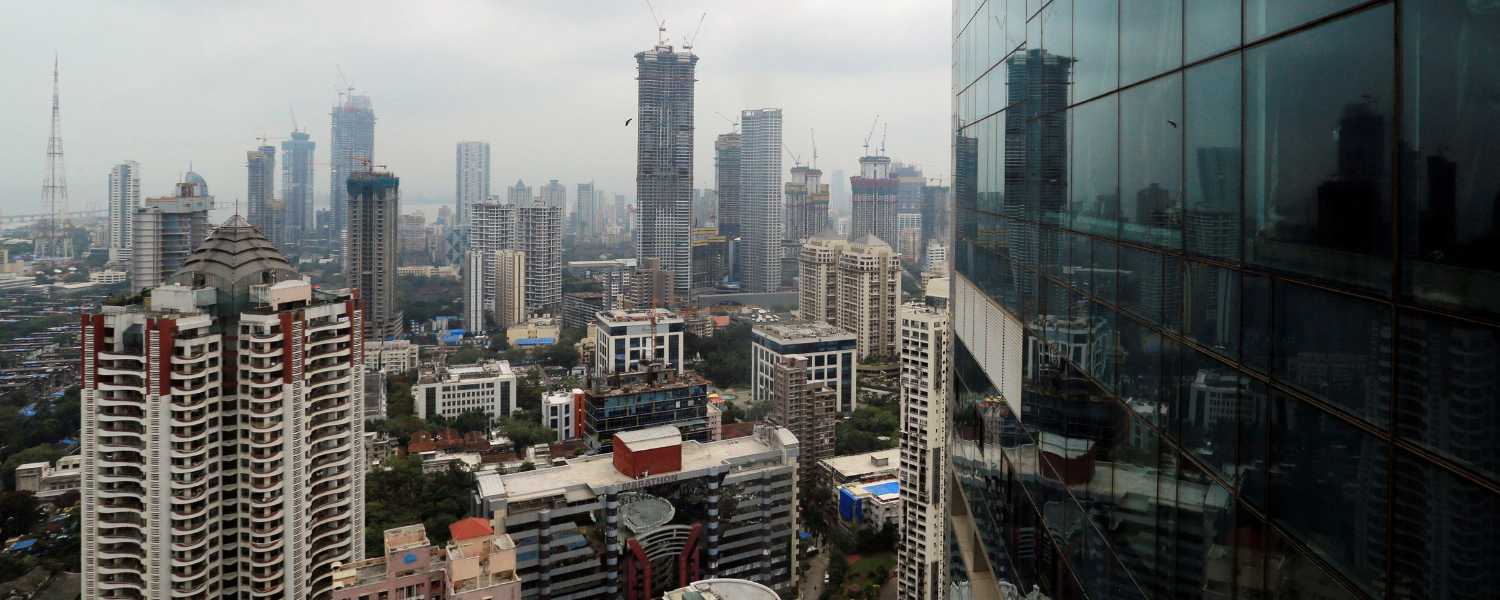
Mumbai is often hailed as the financial hub of the nation. Nestled along the Arabian Sea, Facts About Mumbai is home to the Bombay Stock Exchange and the Reserve Bank of India, making it a vital center for economic activity.
With a bustling network of banks, investment firms, and corporate headquarters, Mumbai thrives as a magnet for domestic and international financial operations.
Its vibrant energy, coupled with a rich history of commerce, creates an atmosphere conducive to innovation and growth, making Mumbai an indispensable pillar of India’s economic landscape.
2. Bollywood’s home
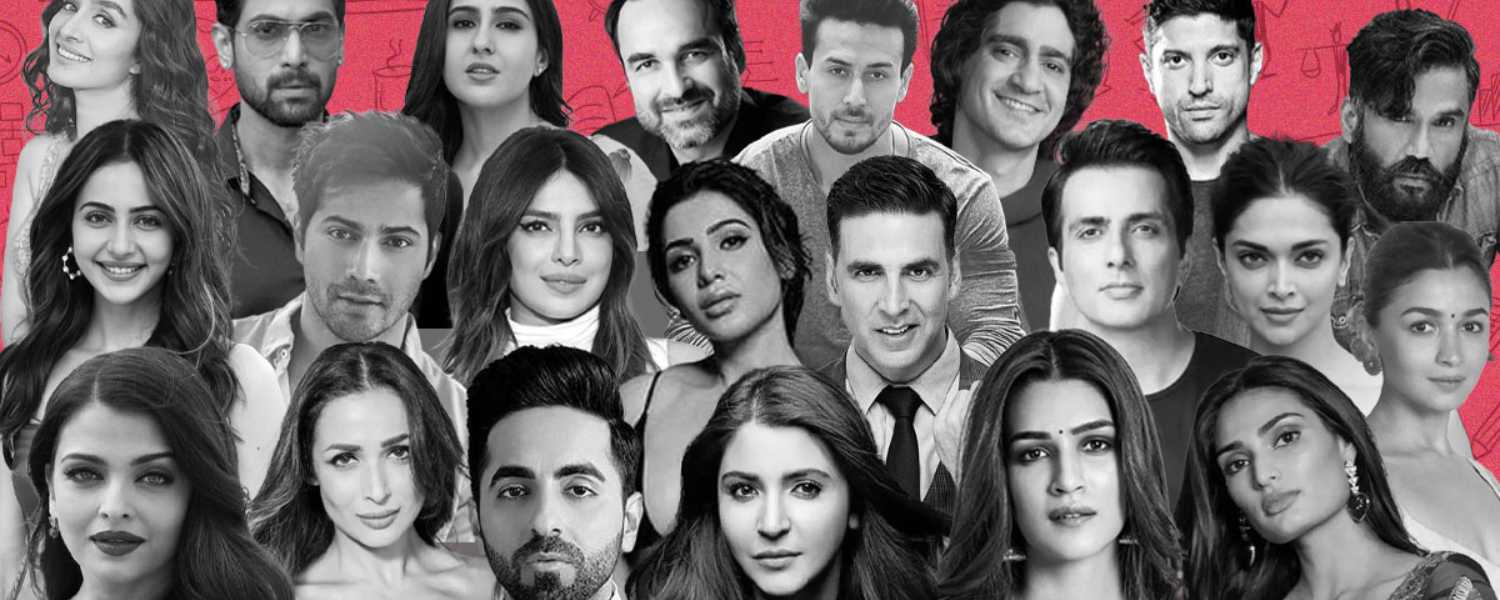
Welcome to Bollywood’s vibrant hub – Mumbai, India! Known as the heart of the Indian film industry, Bollywood’s home is a bustling metropolis with creativity and passion.
Nestled along the scenic coastline of the Arabian Sea, Mumbai offers a kaleidoscope of experiences for film enthusiasts.
From iconic studios like Film City to the historic theatres of Bandra, this city breathes cinematic magic.
Visitors can explore famous landmarks like Mannat, the grand residence of Bollywood superstar Shah Rukh Khan, or stroll down the star-studded Walk of Fame at Bandstand.
Facts About Mumbai isn’t just a city; it’s a dreamscape where every corner tells a story of glitz, glamour, and celluloid dreams.
3. islands merged in 1845
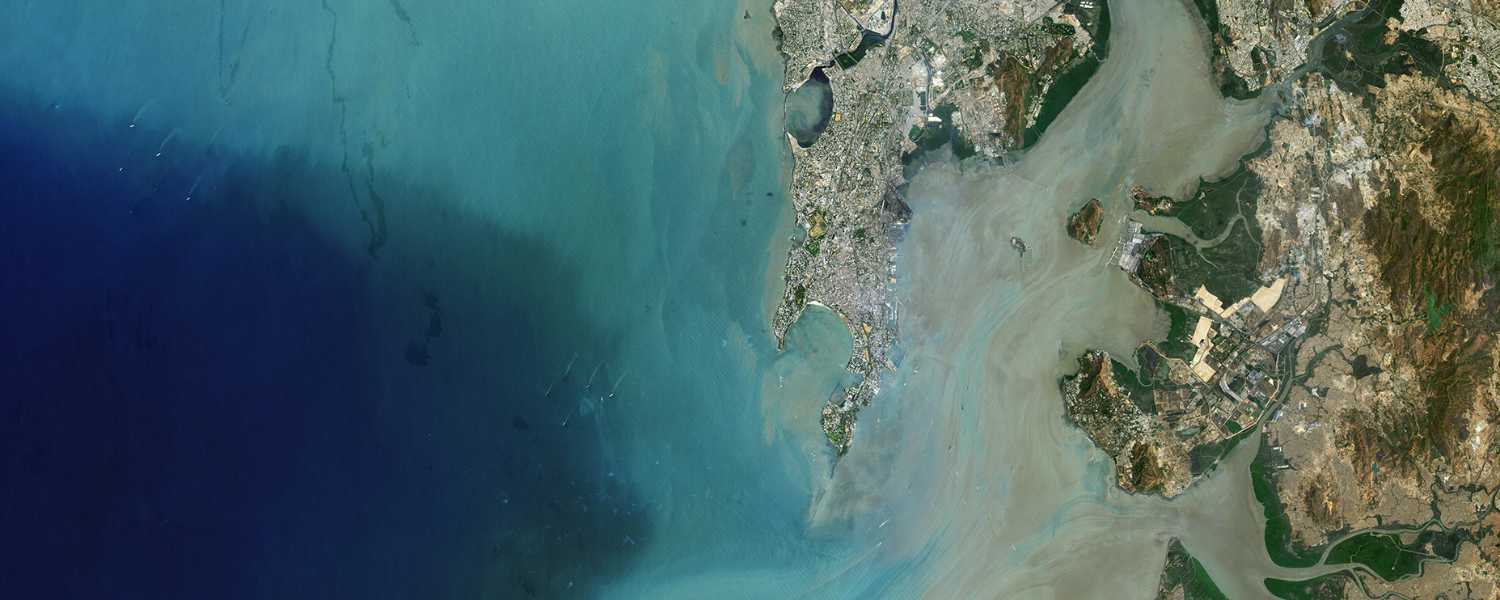
In 1845, a significant event occurred in the islands’ history when seven merged into one entity.
This merger brought together diverse cultures, landscapes, and histories, creating a rich tapestry of heritage.
Each island contributed its unique charm and character, blending to form a unified identity.
The amalgamation opened up new opportunities for trade, communication, and cooperation among the formerly separate islands.
It marked a milestone in their shared journey, fostering a sense of unity and collaboration among the inhabitants.
Since then, this unified island has flourished, embracing its collective past while forging a bright future together.
4. Dabbawalas deliver 200,000 meals daily
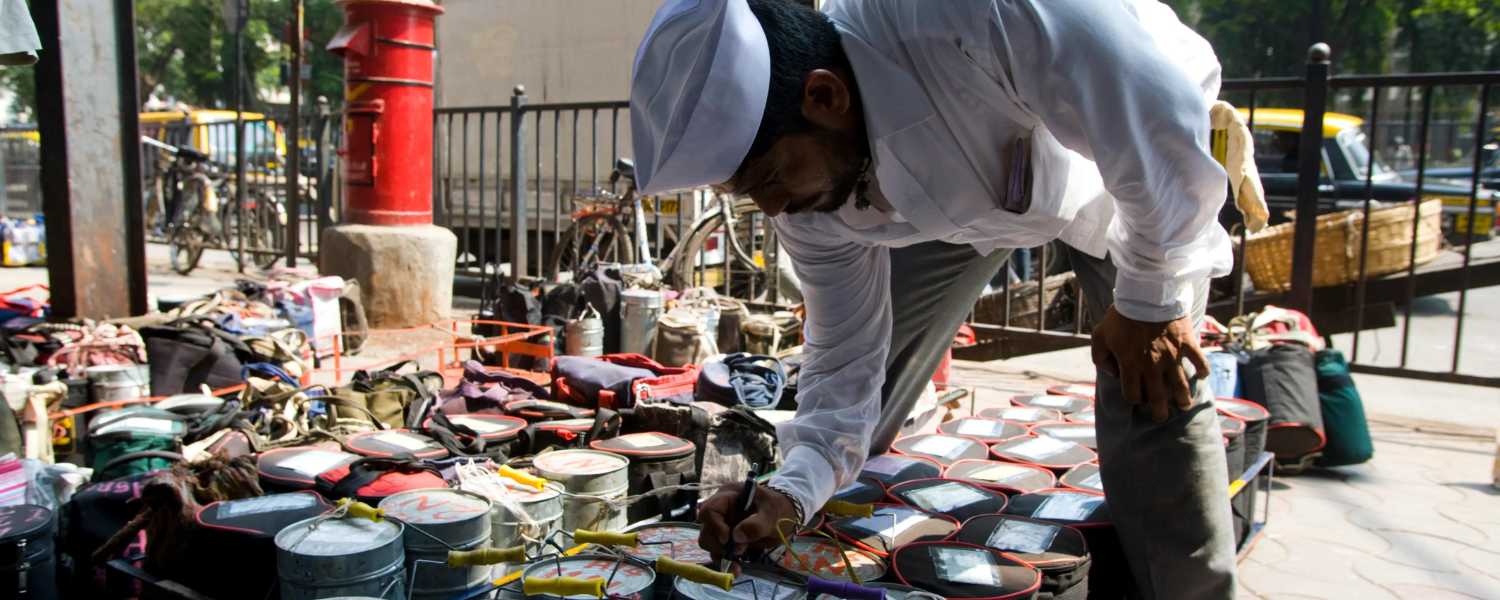
In the bustling city of Mumbai, a remarkable group of individuals known as Dabbawalas perform an incredible feat every day.
With their efficient and time-tested system, these Dabbawalas deliver a staggering 200,000 meals to hungry Mumbaikars.
Rain or shine, they carefully navigate the chaotic streets, ensuring each meal reaches its destination promptly.
They are committed to their work and strive to ensure customer satisfaction. They have made them an integral part of Mumbai’s culture.
With their iconic white uniforms and trusty bicycles, the Dabbawalas continue to embody the spirit of reliability and hard work, feeding the city one meal at a time.
5. Elephanta Caves UNESCO site
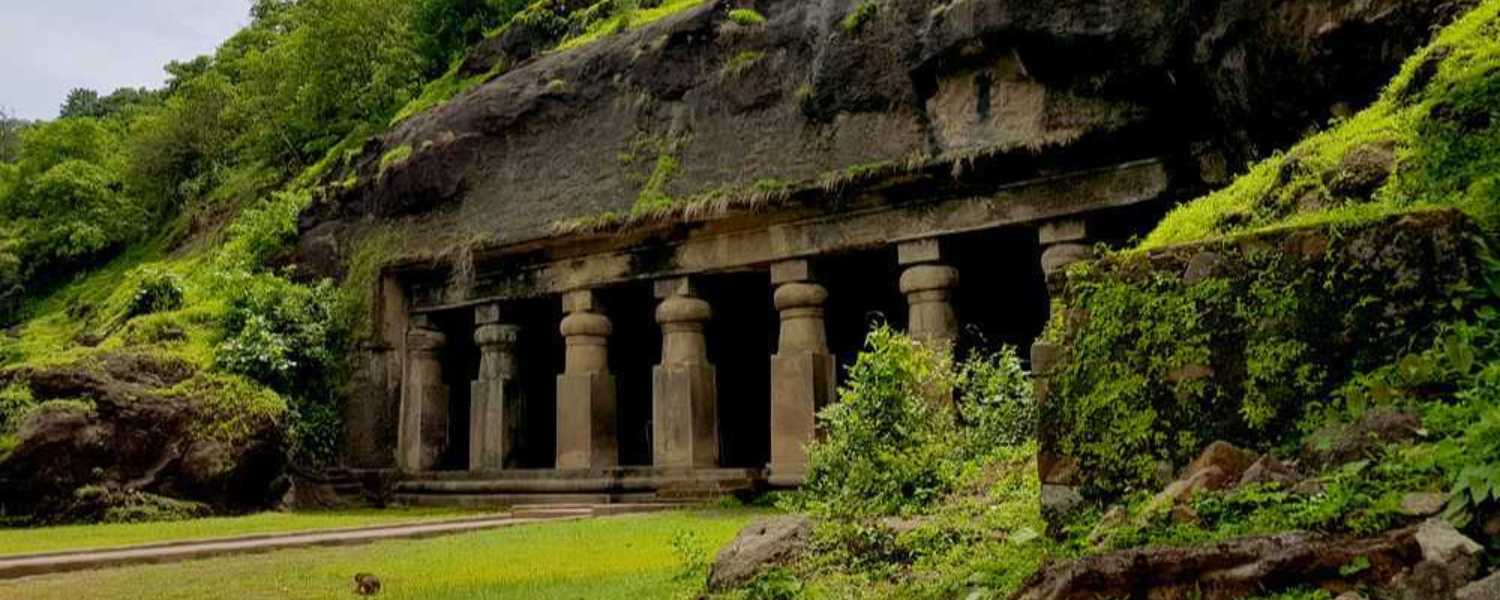
Nestled just a short ferry ride from Mumbai’s bustling shores, the Elephanta Caves are a testament to India’s rich cultural heritage.
Did you know that this breathtaking place is a UNESCO World Heritage Site? It’s truly a remarkable destination that you won’t want to miss! The location has been recognized for its outstanding cultural and natural significance.
Ancient rock-cut temples date back to the 5th to 8th centuries AD. Carved meticulously into solid basalt rock, the caves showcase exquisite Hindu and Buddhist sculptures, including the awe-inspiring Trimurti, depicting Brahma, Vishnu, and Shiva.
Visitors are taken on a captivating journey. India’s religious and artistic past, with the stunning views of Mumbai’s skyline, adds to the allure of this must-visit historical site.
6. Iconic Gateway of India
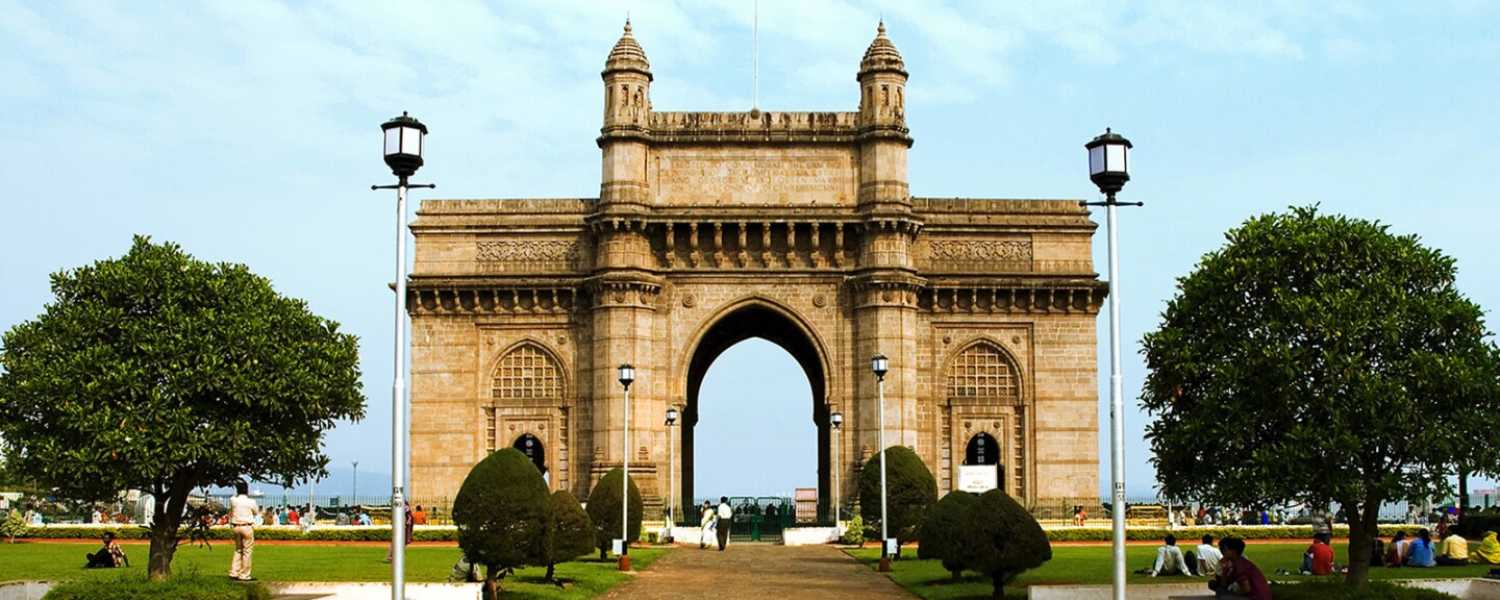
The Gateway of India is an emblem of Mumbai’s grandeur and historical significance. Built in 1924, this iconic monument welcomes visitors to the bustling city with its majestic arch and intricate design.
Situated overlooking the Arabian Sea, it’s a popular place for tourists and locals alike to soak in the sea breeze and admire the stunning view.
The Gateway holds deep symbolic value, marking King George and Queen Mary’s arrival to India in 1911.
Today, it serves as a reminder of Mumbai’s rich heritage and remains a must-visit landmark for anyone exploring the city’s vibrant streets.
7. Marine Drive – Queen’s Necklace
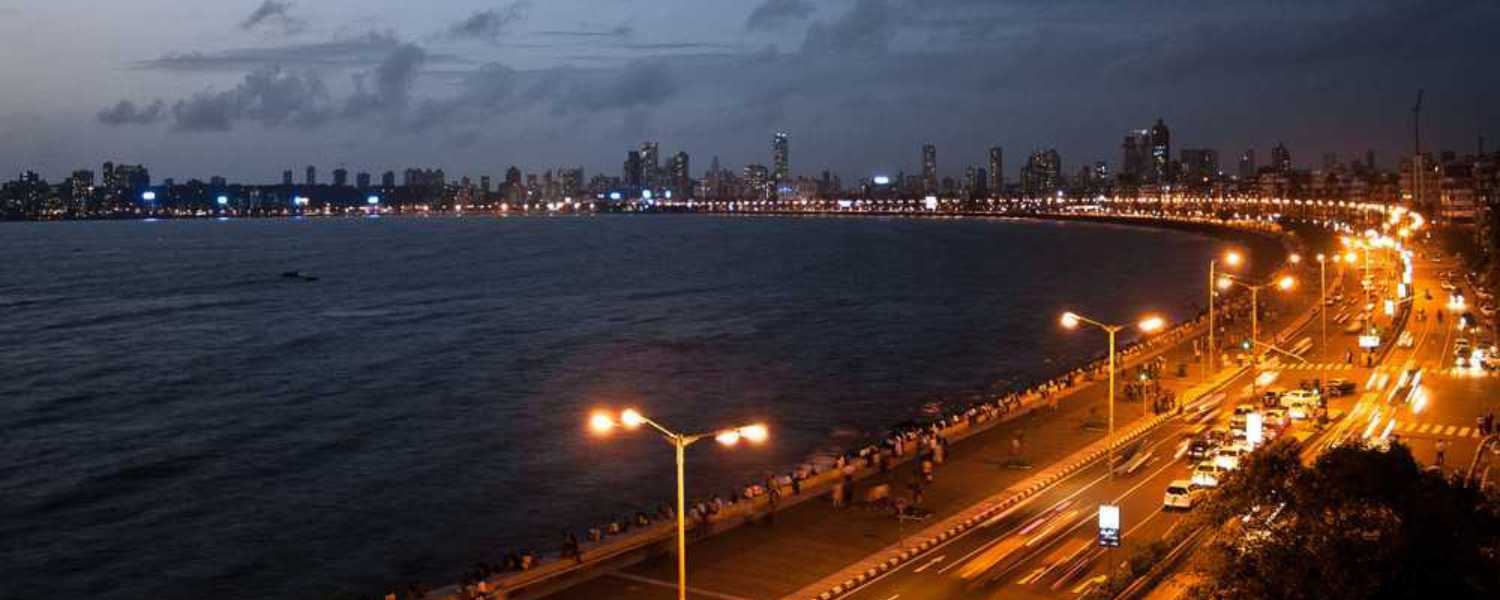
Marine Drive, affectionately known as the Queen’s Necklace, is a picturesque promenade along the Arabian Sea in Mumbai, India.
This iconic stretch of coastal road curves gracefully like a shimmering necklace when viewed from above, especially at night when street lights illuminate the pathway.
Locals and tourists love to visit Marine Drive, a popular destination. Enjoy strolls, breathtaking sunsets, and panoramic sea views.
The lively atmosphere, dotted with food stalls and vendors, adds to its charm, making it a beloved spot for relaxation and recreation.
Marine Drive truly encapsulates the vibrant spirit of Mumbai’s coastal beauty.
8. Asia’s largest slum – Dharavi
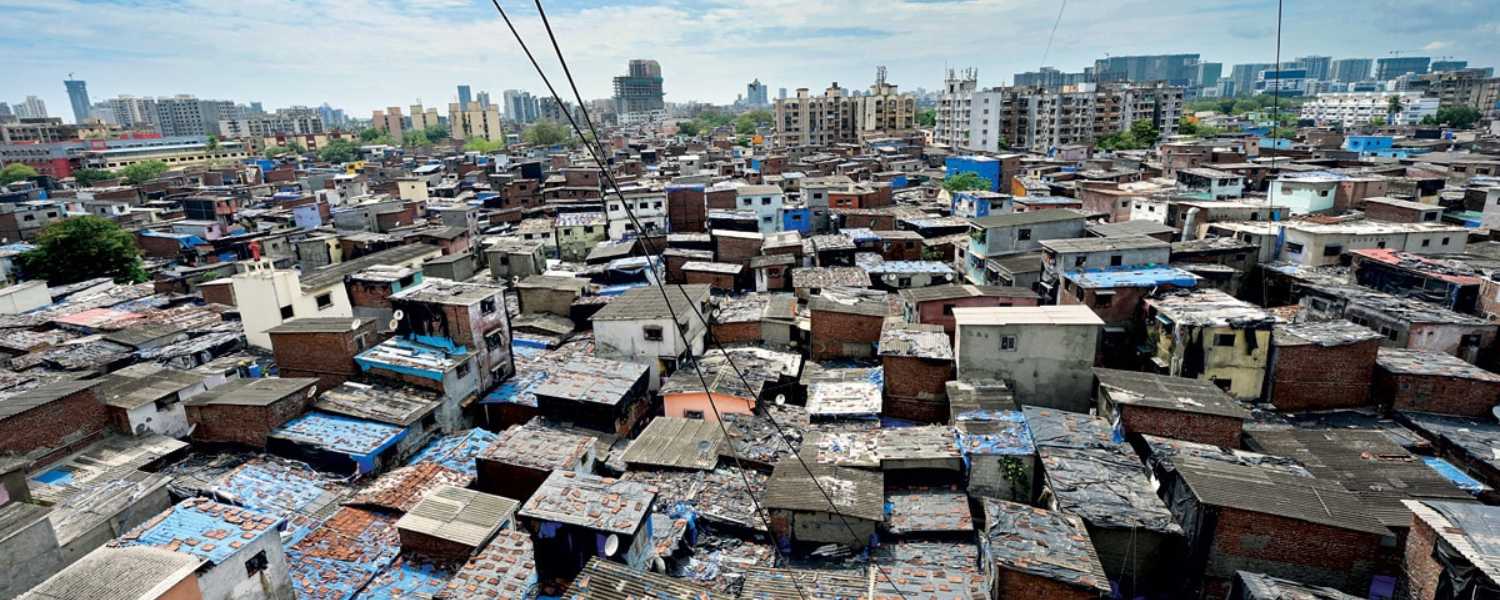
Dharavi, situated in Mumbai, is Asia’s largest slum. Despite its challenging living conditions, it’s a bustling hub of industry and resilience.
Home to a diverse population, Dharavi is a maze of narrow lanes filled with small-scale enterprises ranging from leather goods and pottery to recycling and textiles.
Its entrepreneurial spirit is evident as residents maximise limited resources, showcasing creativity and innovation.
While poverty and overcrowding are prevalent issues, community bonds are strong, and initiatives to improve living standards are underway.
Dharavi stands as a testament to the strength and determination of its inhabitants amidst adversity.
9. Chhatrapati Shivaji Terminus UNESCO heritage
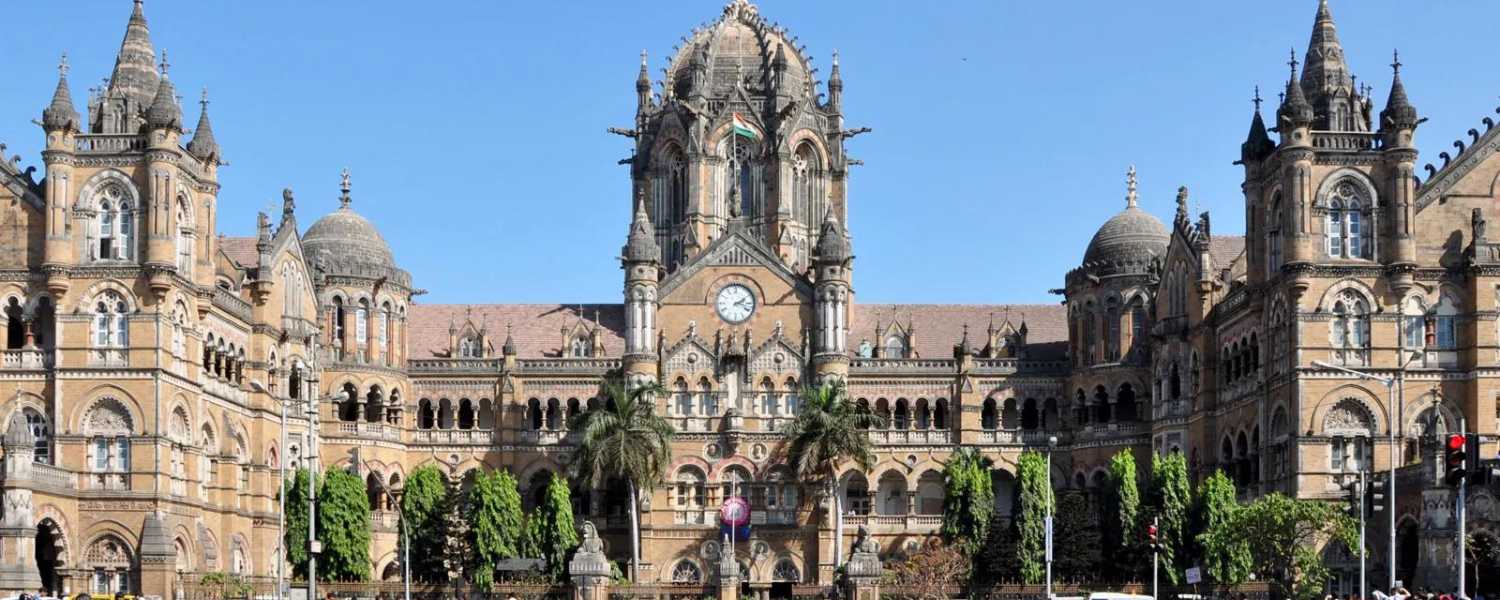
Chhatrapati Shivaji Terminus is located in Mumbai, India. Is the text below the message you want me to remember? If so, it reads ‘It is a UNESCO World Heritage Site celebrated for its remarkable architecture and historical significance.
‘ Originally known as Victoria Terminus, it was built in the late 19th century and served as a bustling railway station connecting Mumbai with various parts of India.
Designed by British architect Frederick William Stevens, its majestic blend of Victorian Gothic and traditional Indian architectural styles is awe-inspiring.
Rich heritage and the pivotal role of railways in India’s development. Its intricate carvings, towering domes, and grand façade make it a must-visit landmark for locals and tourists alike.
10. Juhu Beach is a popular filming location
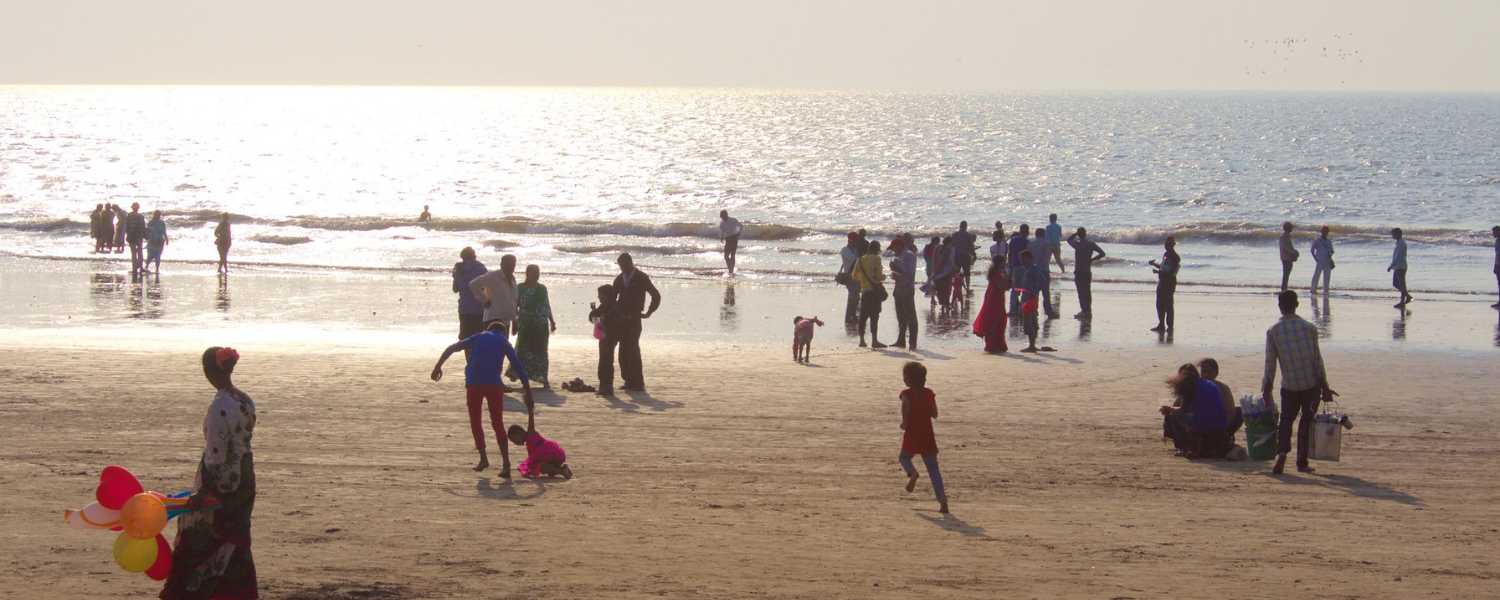
Juhu Beach, located in Mumbai, India, isn’t just a favourite spot for locals to unwind; it’s also a beloved filming location for Bollywood movies.
With its sprawling coastline, golden sands, and vibrant atmosphere, Juhu Beach provides the perfect backdrop for romantic scenes, lively dance sequences, and dramatic moments in Indian cinema.
Many iconic films have captured the essence of Mumbai’s culture against the backdrop of this picturesque beach.
Its popularity among filmmakers stems from its accessibility, scenic beauty, and the unique blend of urban and natural elements it offers, making it a quintessential destination for movie buffs and beach lovers alike.
11. Siddhivinayak Temple Mumbai’s richest
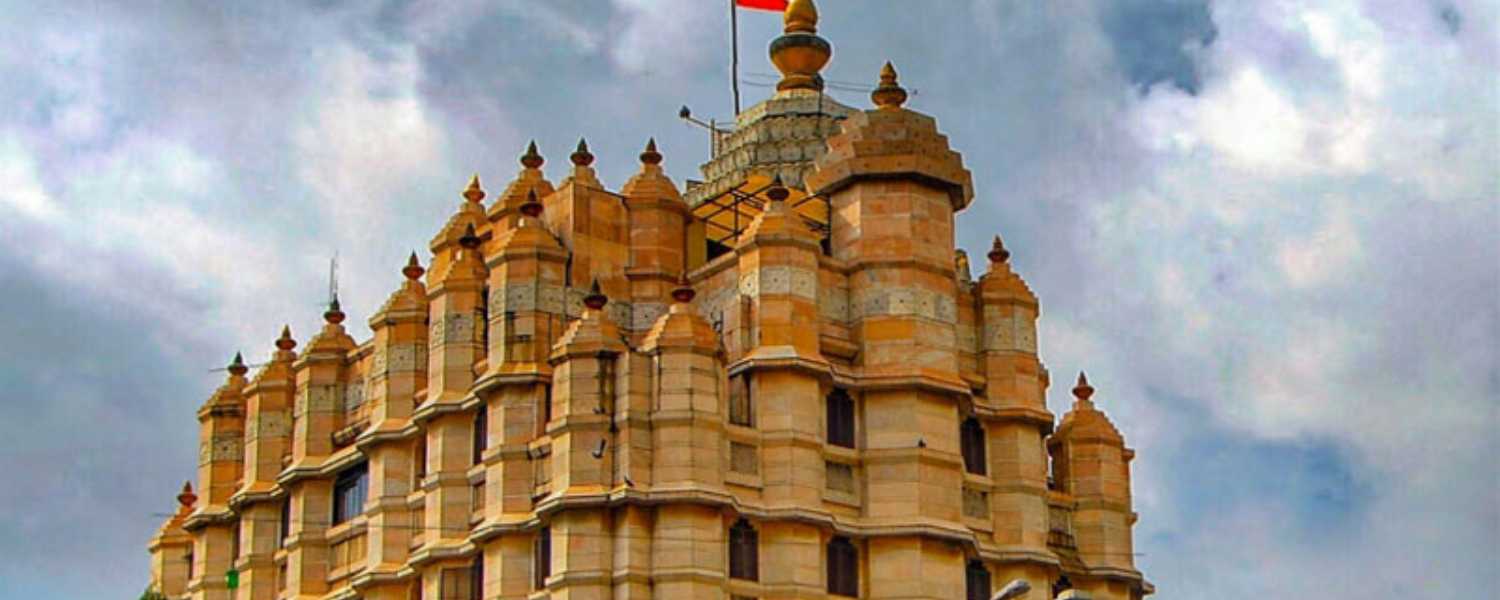
Siddhivinayak Temple, located in Mumbai, is an emblem of faith and prosperity for millions of devotees.
Renowned as Mumbai’s wealthiest temple, it is dedicated to Lord Ganesha, the remover of obstacles.
Adorned with gold ornaments and offerings from devotees, the temple’s opulence reflects the city’s vibrant cultural and spiritual fabric.
Its significance transcends religious boundaries, welcoming visitors from all walks of life seeking blessings and solace.
The temple’s charitable initiatives and community welfare programs further enhance its reputation as a beacon of benevolence and devotion in the bustling metropolis of Mumbai.
12. Haji Ali Dargah, a revered shrine
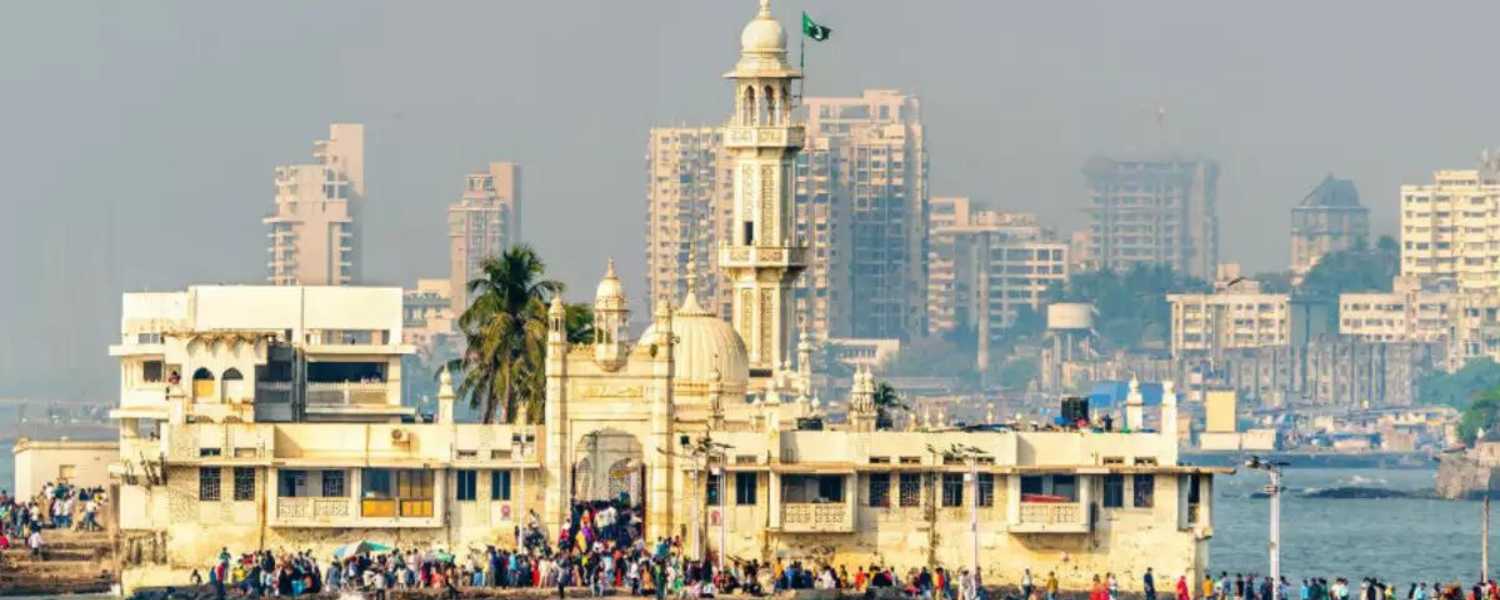
Haji Ali Dargah is a cherished religious site located in Mumbai, India. Positioned on a small islet in the Arabian Sea, this revered shrine is accessible via a narrow causeway that emerges during low tide. I
t is dedicated to the memory of Saint Haji Ali, a wealthy merchant who renounced worldly pleasures to pursue a spiritual journey.
The Dargah is frequented by devotees of all faiths, drawn to its peaceful ambiance and the belief in the saint’s miraculous powers.
Visitors come to offer prayers, seek blessings, and partake in the serene atmosphere, symbolizing Mumbai’s religious harmony.
13. Mumbai’s local train’s lifeline
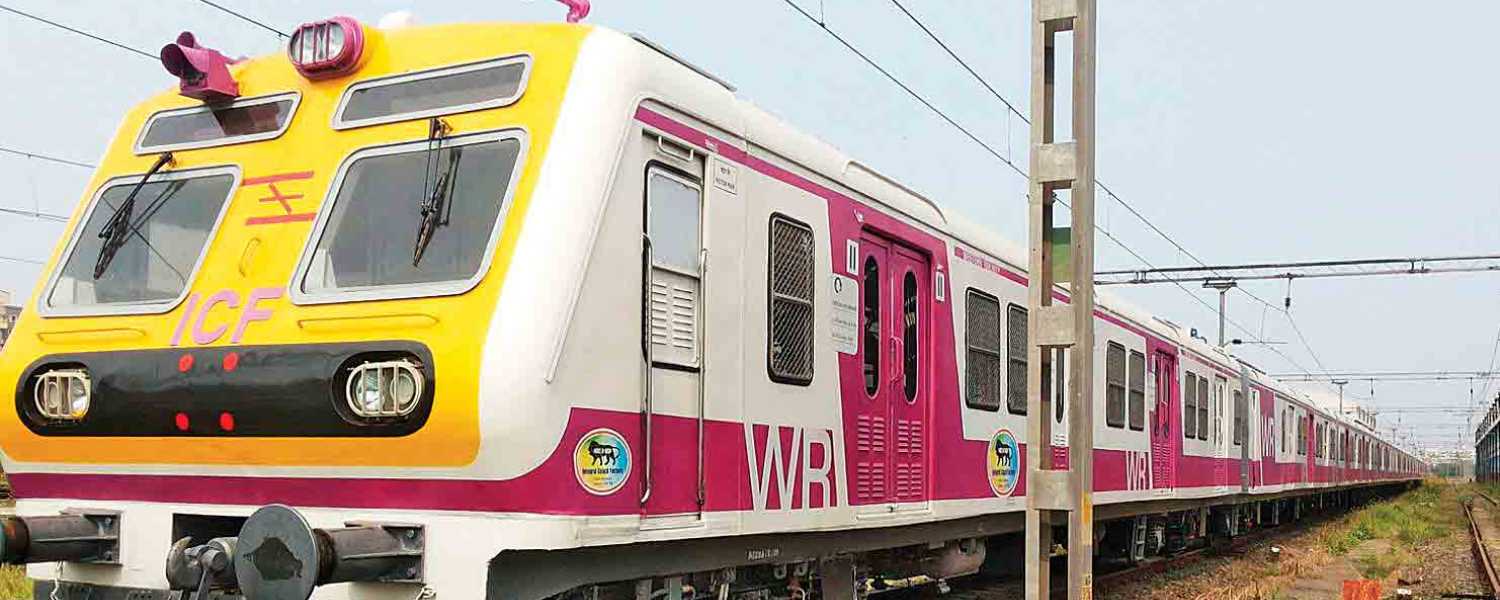
In the bustling city of Mumbai, local trains are the heartbeat of daily life, rightfully dubbed the lifeline of the metropolis.
These trains form an extensive network connecting various parts of the city, ferrying millions of commuters daily.
Known for their efficiency and speed, Mumbai’s local trains play a pivotal role in easing the city’s immense traffic congestion.
With multiple routes and frequent services, they cater to the diverse needs of residents, from students and office-goers to tourists and vendors.
Despite the occasional rush hour chaos, these trains are an indispensable mode of transport, weaving together the vibrant tapestry of Mumbai’s daily existence.
14. Bollywood Walk of Fame

The Bollywood Walk of Fame in Mumbai is a dazzling tribute to the stars of India’s vibrant film industry.
Much like its iconic counterpart in Hollywood, this walkway celebrates the legendary actors, directors, and contributors to Indian cinema.
Situated in Bandra, Mumbai’s entertainment hub, the Walk of Fame features handprints and signatures of Bollywood icons immortalized in concrete slabs.
It’s a must-visit destination for film enthusiasts and tourists, offering a glimpse into the history and cultural impact of Bollywood.
From timeless classics to contemporary blockbusters, the Walk of Fame honors the enduring legacy of Indian cinema’s brightest stars.
15. Kanheri Caves ancient Buddhist rock-cut
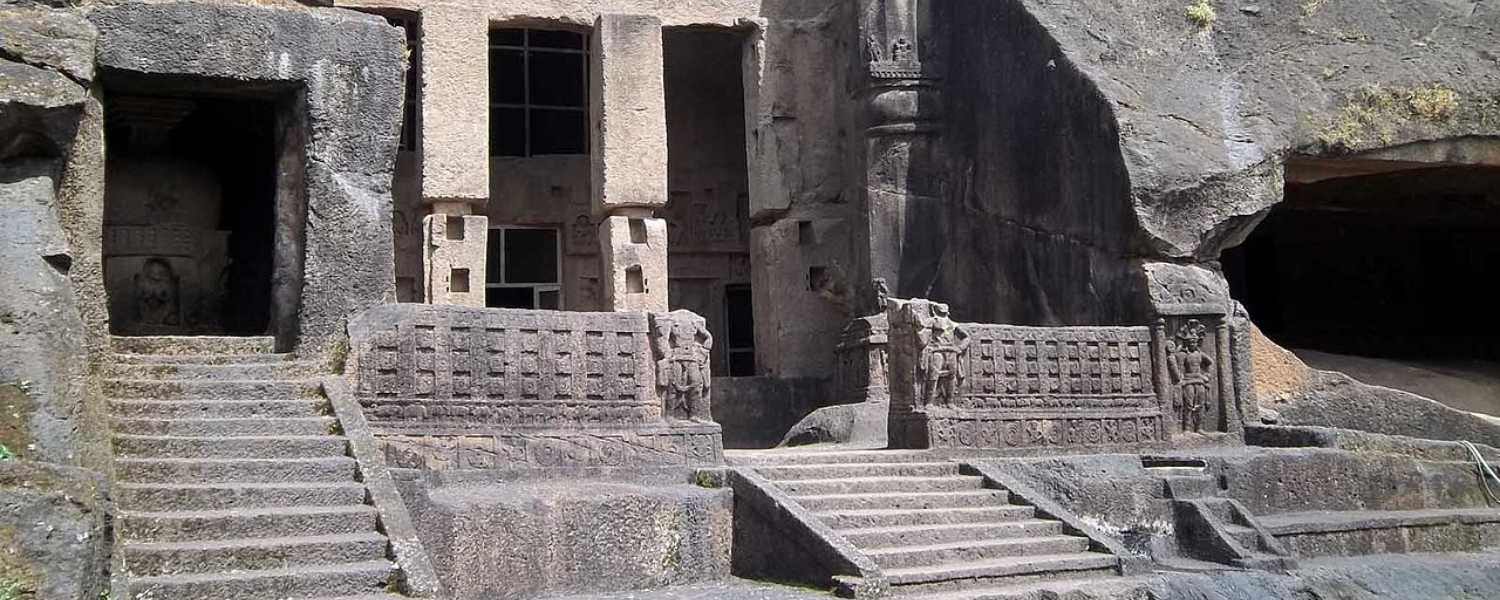
The Kanheri Caves, nestled within the lush Sanjay Gandhi National Park, are a fascinating testament to ancient Buddhist rock-cut architecture.
Carved out of basalt rock, these caves served as monastic dwellings, meditation halls, and educational centers dating back to the 1st century BCE.
With over 100 caves spread across various levels of the hilly terrain, Kanheri is a treasure trove of ancient Buddhist art, sculptures, and inscriptions.
Visitors can explore serene meditation chambers adorned with intricate carvings, offering a glimpse into the spiritual and scholarly pursuits of early Buddhist communities in the region.
16. Largest outdoor laundry – Dhobi Ghat
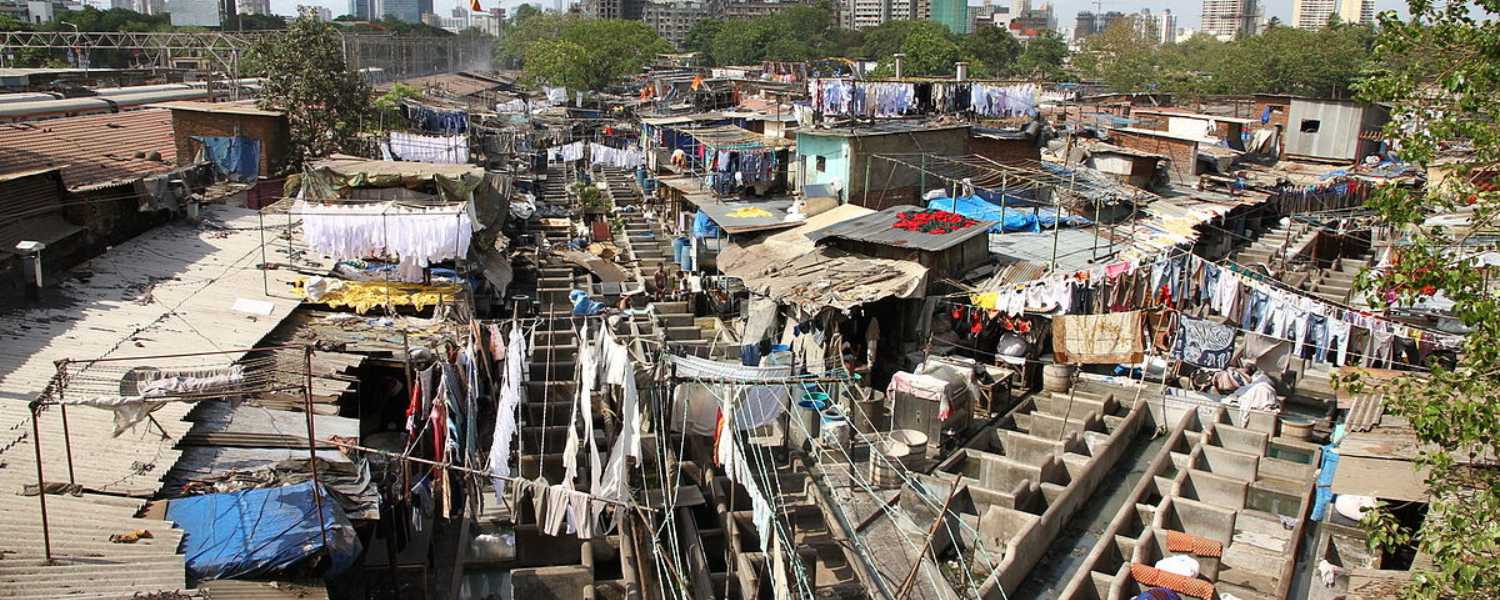
Dhobi Ghat, located in Mumbai, India, is the largest outdoor laundry facility in the world. This iconic landmark showcases the vibrant and dynamic spirit of the city.
Here, hundreds of washermen, known as Dhobis, wash and dry clothes from all over Mumbai.
Spread across a sprawling space, the Dhobi Ghat is a sight to behold, with rows of concrete wash pens where clothes are scrubbed, beaten, and hung out to dry in the open air.
It’s not just a laundry but a cultural phenomenon, attracting visitors who marvel at the organised chaos and the skillful work of the Dhobis.
17. Kamathipura is Asia’s second-largest red light
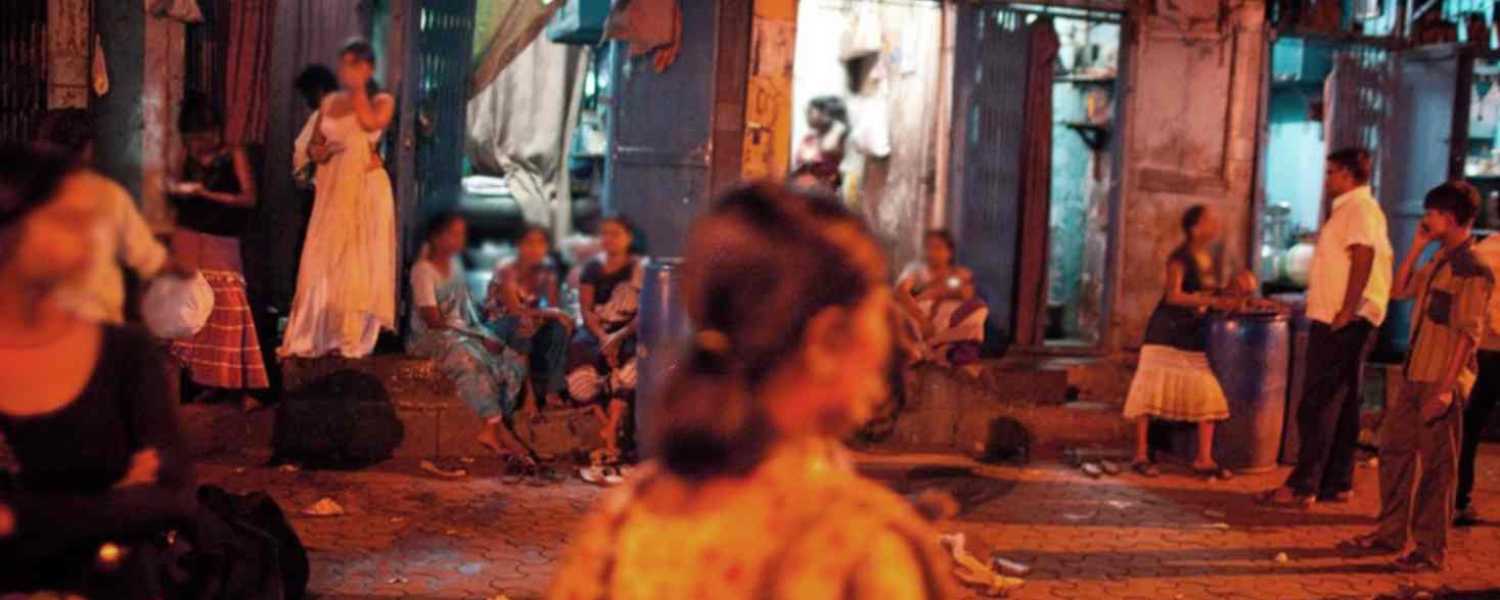
Kamathipura, nestled in the heart of Mumbai, is often recognized as Asia’s second-largest red-light district. This vibrant yet controversial area has a rich history from colonial times.
It’s a hub of activity, with narrow streets bustling with people day and night. However, behind the colourful facades lies a complex reality.
Kamathipura is home to a significant population of sex workers facing various socio-economic challenges.
Despite its notoriety, efforts are being made to address the issues faced by its residents and to improve their living conditions.
Kamathipura remains a poignant symbol of the complexities of urban life in India.
18. Mahalaxmi Dhobi Ghat is the world’s largest
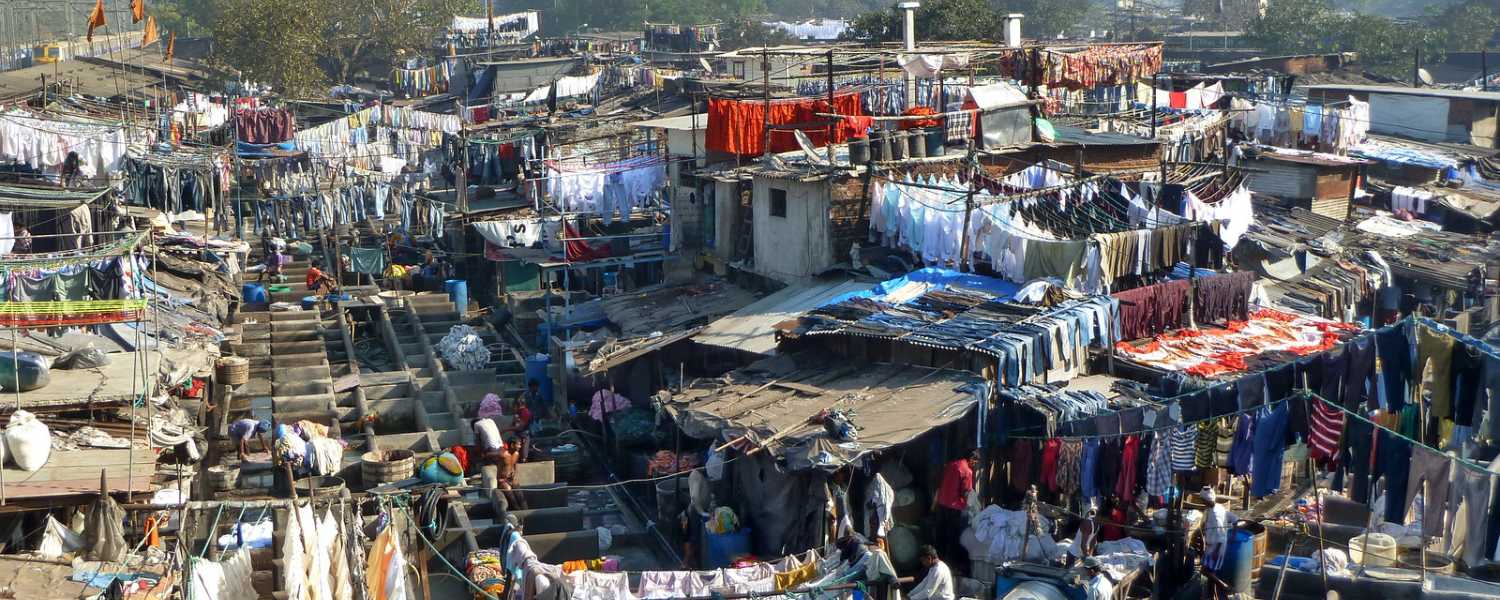
Mahalaxmi Dhobi Ghat in Mumbai stands as the world’s most oversized open-air laundry.
Nestled amidst the bustling cityscape, this iconic spot hums with the rhythmic sound of clothes being washed, dried, and pressed.
Serving as a vital hub for Mumbai’s laundry needs, it’s a mesmerizing sight where rows of concrete wash pens fill with sudsy water and diligent dhobis (laundry workers) scrub clothes by hand.
With a history dating back over a century, Mahalaxmi Dhobi Ghat remains an enduring symbol of Mumbai’s vibrant culture and the resilience of its hard-working people, drawing visitors from around the globe to witness its unique charm firsthand.
19. Chor Bazaar – “Thieves’ Market”
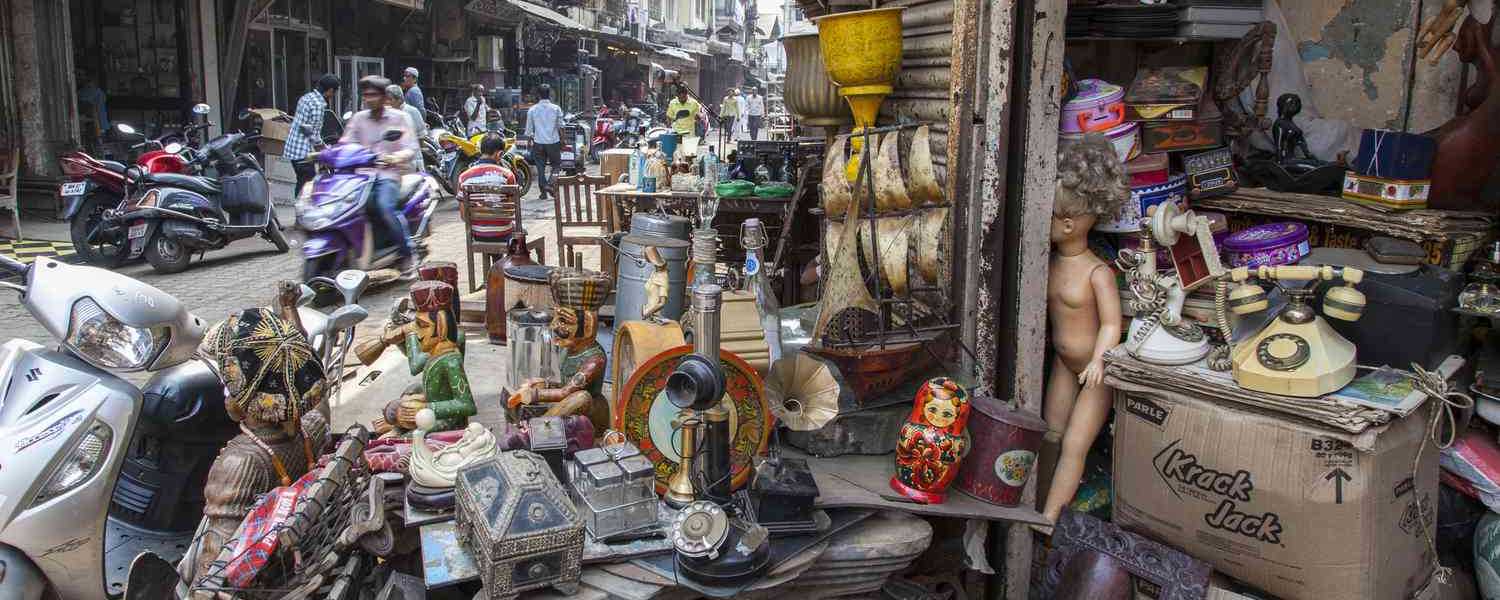
Chor Bazaar, also known as the “Thieves’ Market,” is a bustling marketplace in Mumbai, India’s heart.
With a history of over 150 years, it has earned a reputation as a treasure for bargain hunters and antique enthusiasts alike.
Despite its name, Chor Bazaar offers various goods, from vintage furniture and quirky trinkets to electronic gadgets and designer apparel, often at unbelievably low prices.
Visitors can immerse themselves in the atmosphere, haggling with friendly vendors and uncovering hidden gems amidst the chaos. It’s a must-visit place for anyone seeking an authentic shopping experience in Mumbai.
20. Mumbai’s Victorian architecture – Bombay Gothic
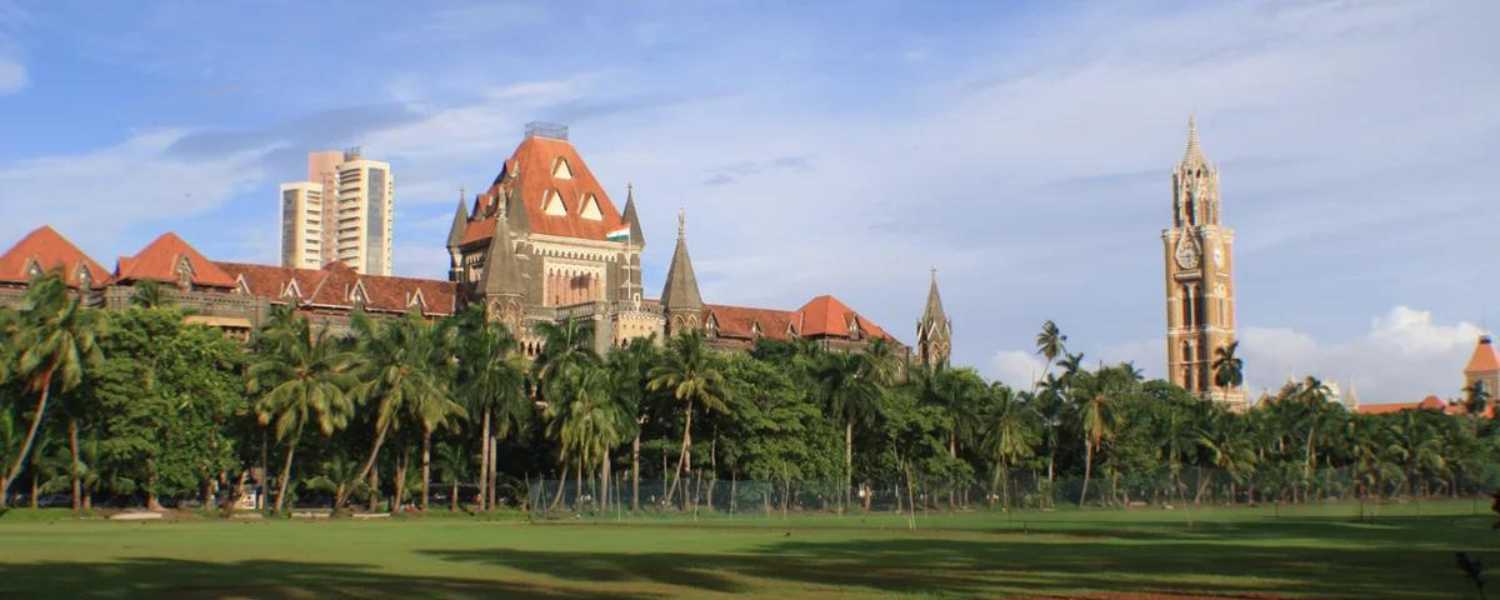
Mumbai’s Victorian architecture, or Bombay Gothic, reflects the city’s rich historical heritage.
Influenced by British colonialism during the 19th century, these buildings boast intricate designs, pointed arches, and ornate carvings.
Iconic landmarks such as the Chhatrapati Shivaji Maharaj Terminus and the University of Mumbai showcase this distinctive style.
Each edifice narrates a story of Mumbai’s evolution, blending European aesthetics with Indian craftsmanship.
Wander through the streets of South Mumbai, and you’ll be captivated by the grandeur of these architectural marvels, standing tall as reminders of the city’s glorious past.
21. Sanjay Gandhi National Park
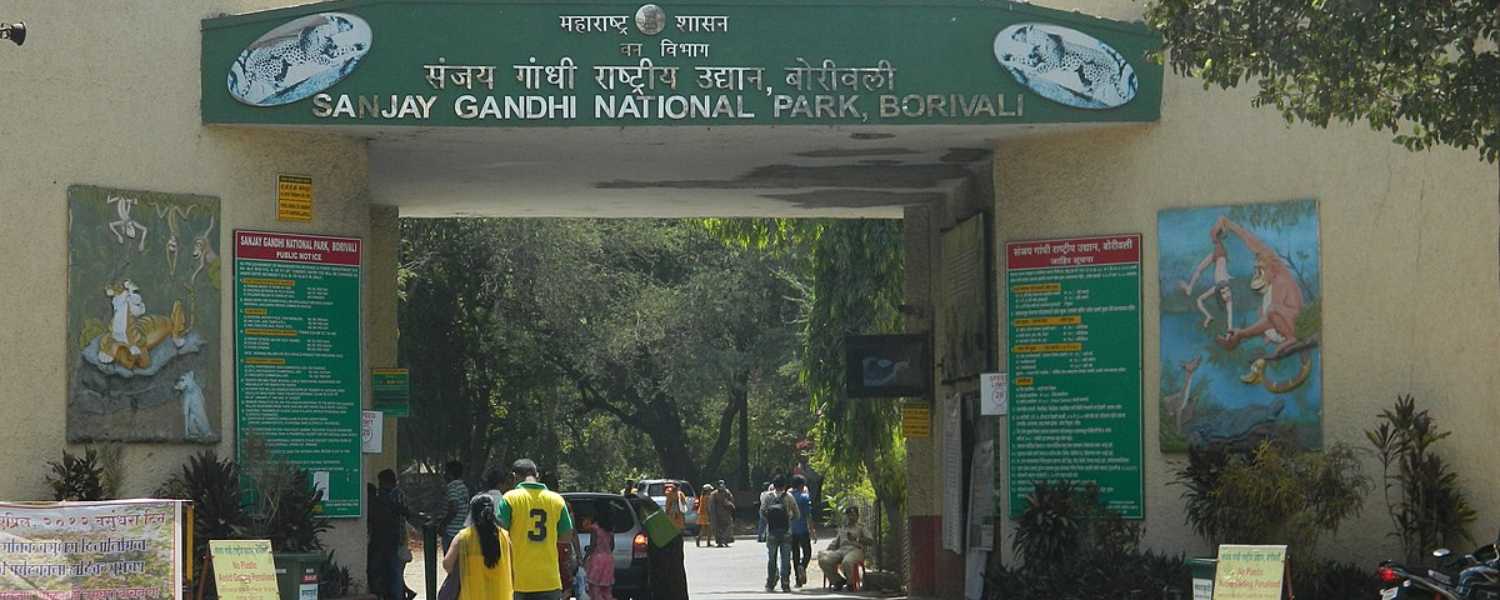
Sanjay Gandhi National Park, nestled within the bustling city of Mumbai, offers a serene retreat amidst urban chaos.
Spanning over 104 square kilometres, it shelters various flora and fauna, including the elusive leopards that roam its wooded terrain.
Boasting ancient rock-cut Kanheri caves dating back to the 1st century BCE, it’s a treasure trove for history enthusiasts and nature lovers alike.
The park provides vital lungs to Mumbai, contributing to its ecological balance.
22. Essel World: India’s Largest Amusement Park
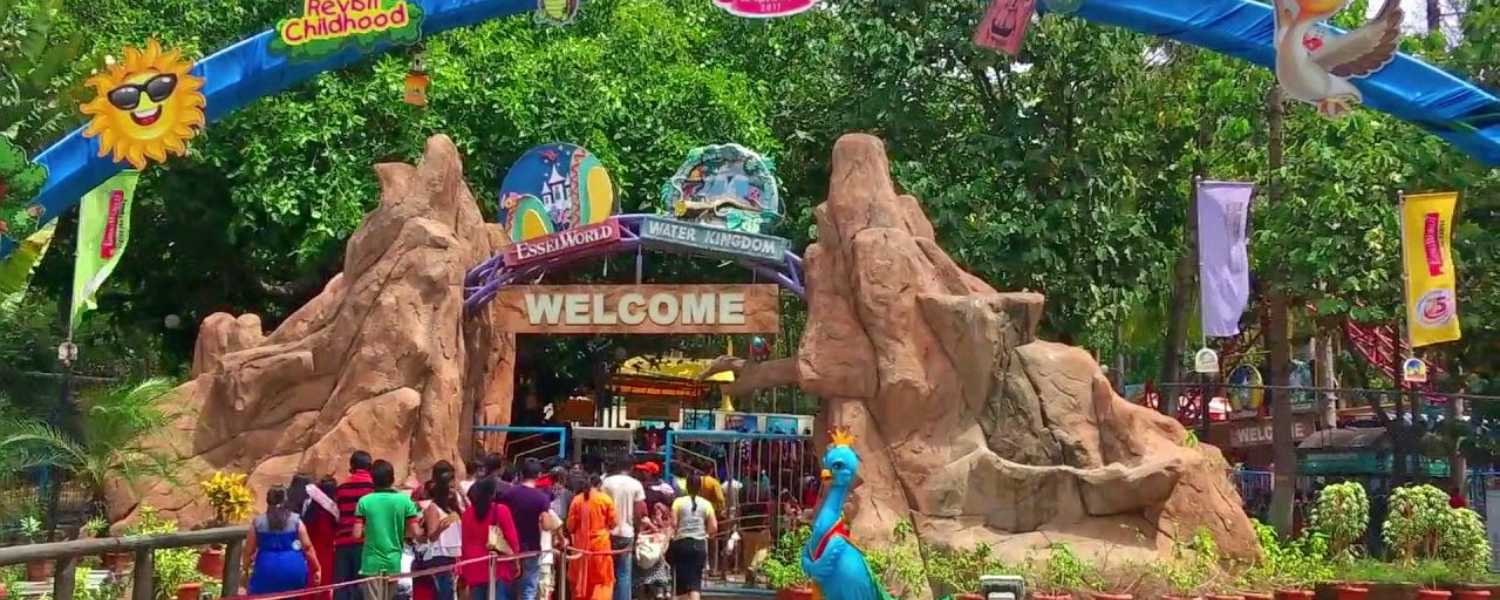
Essel World is India’s largest amusement park, offering thrilling rides and entertainment for all ages.
Situated on the tranquil island of Gorai, it’s a haven for adventure seekers and families seeking fun-filled escapades.
From gravity-defying roller coasters to serene boat rides, Essel World promises an adrenaline-packed experience against Mumbai’s coastal beauty.
23. Mumbai-Pune Expressway: India’s First
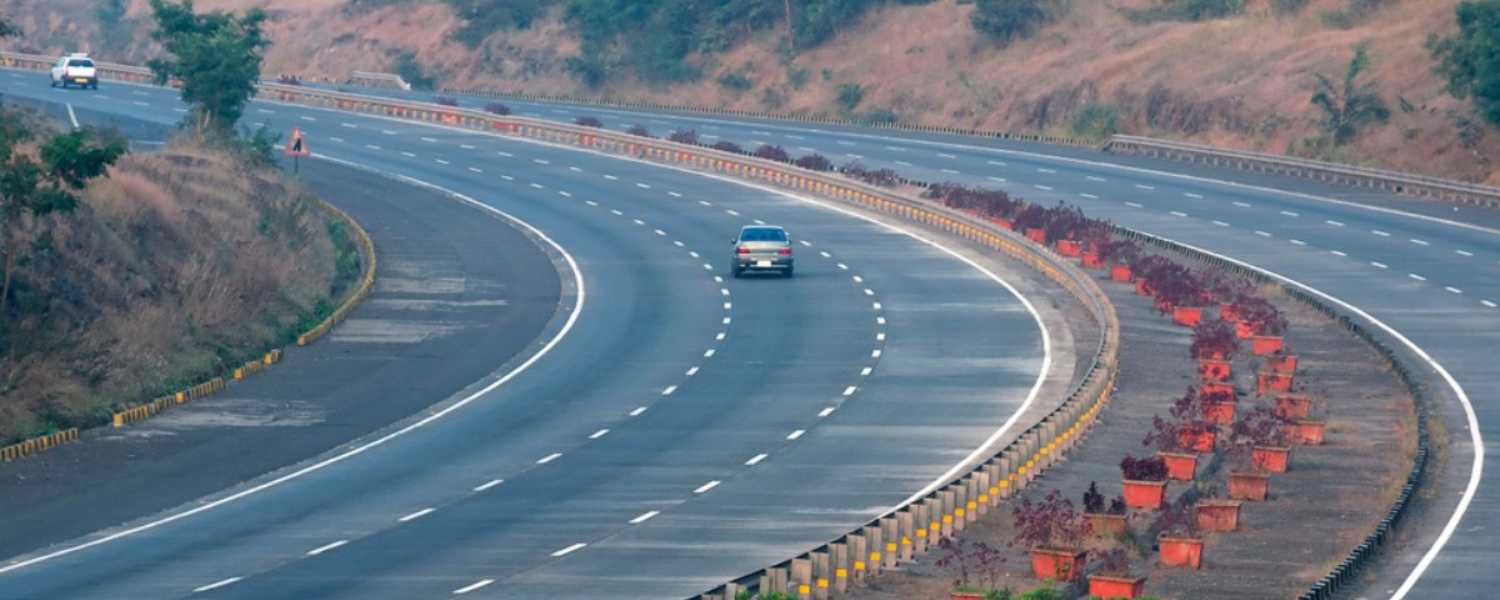
The Mumbai-Pune Expressway, India’s first six-lane concrete highway, revolutionised travel between two bustling cities.
Stretching over 94.5 kilometres, it cuts travel time significantly, enabling swift connectivity and economic growth.
With breathtaking views of the Western Ghats, it’s not just a road but a scenic journey through Maharashtra’s picturesque landscapes.
24. Bombay High: Offshore Oil
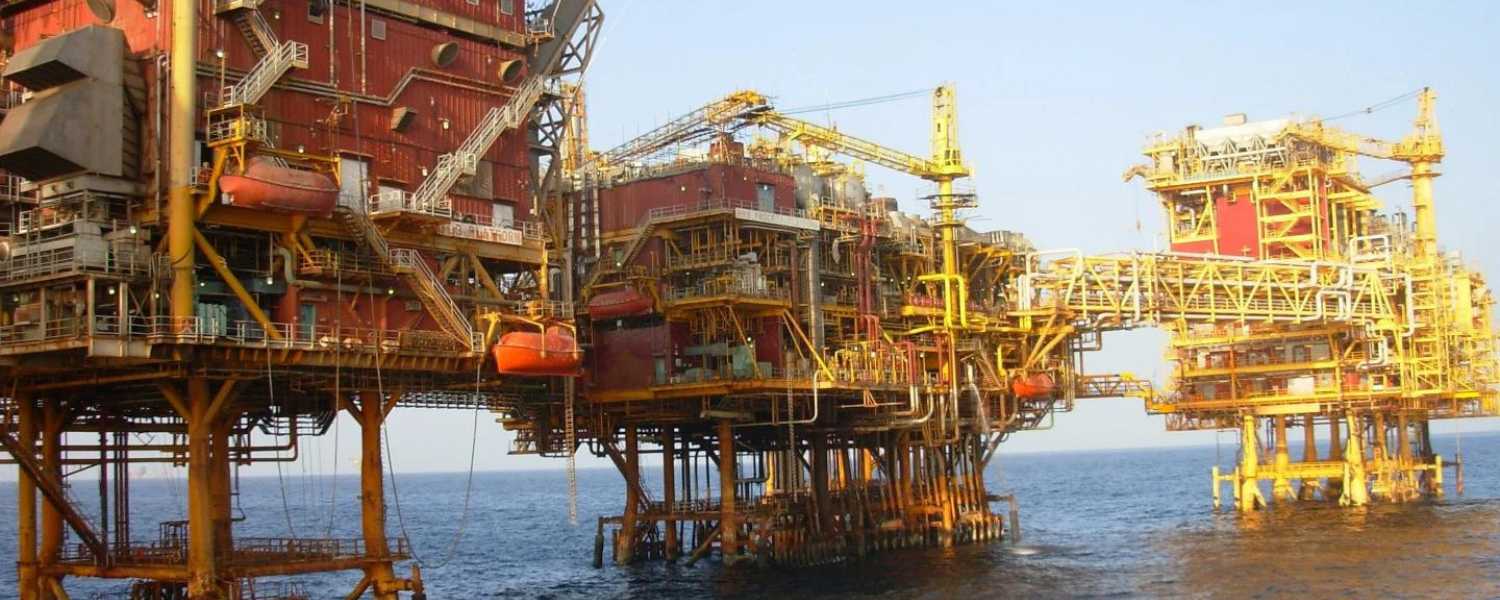
Bombay High, an offshore oil field in the Arabian Sea, is one of India’s most significant petroleum reserves.
It was discovered in 1974 and marked a milestone in India’s quest for energy independence.
It continues to contribute substantially to India’s oil and gas production as a cornerstone of the nation’s economy, bolstering its energy security.
25. Versova Beach: Olive Ridley Turtles

Versova Beach, once marred by pollution, underwent a remarkable transformation thanks to the efforts of residents.
The cleanup drive restored its pristine beauty and welcomed back Olive Ridley turtles for nesting.
This heartwarming tale of conservation showcases Mumbai’s resilience and community spirit in safeguarding its natural treasures.
26. Mumbai’s Vada Pav is a famous street
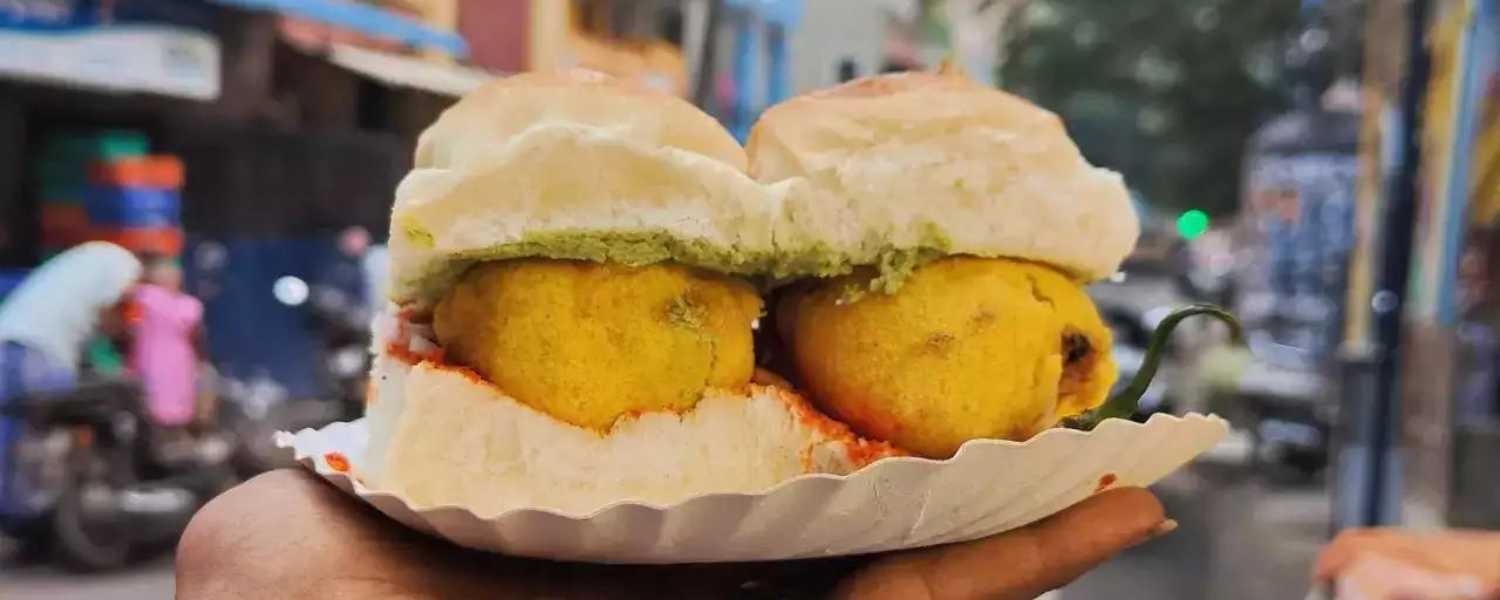
In the bustling streets of Mumbai, there’s a gem that captures the city’s vibrant food culture – the iconic Vada Pav.
Mumbai’s famous Vada Pav street, like a beacon for food enthusiasts, is where this beloved snack reigns supreme.
A spicy potato patty snugly nestled within a soft bun, accompanied by zesty chutneys, creating a flavour explosion with every bite.
Whether you’re a local or a visitor, indulging in Vada Pav from the streets of Mumbai is a must-do experience, offering a delicious glimpse into the heart and soul of the city’s culinary landscape.
27. Fashion Street – Bargain shopping
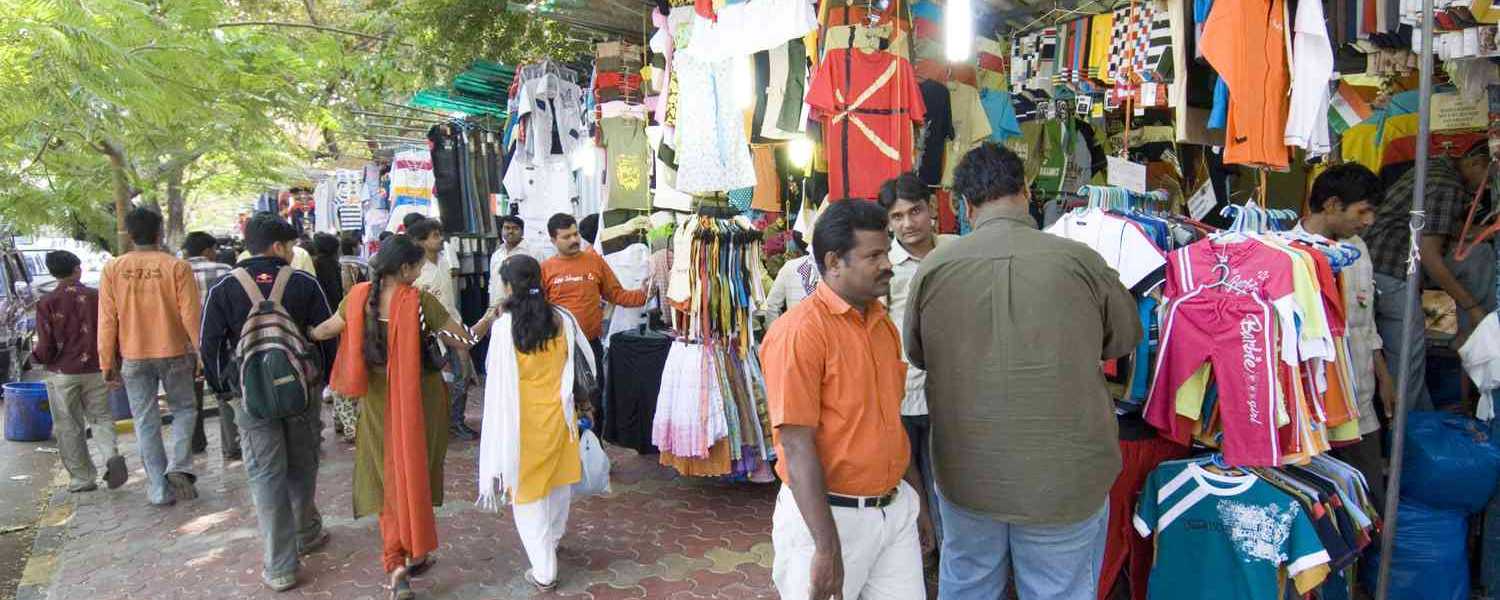
Fashion Street in Mumbai is a vibrant hub for bargain shopping enthusiasts.
Nestled in the city’s heart, this bustling street is a haven for fashionistas on a budget.
Here, you’ll find a plethora of stalls and shops offering a wide array of trendy clothing, accessories, and footwear at pocket-friendly prices.
From chic dresses to stylish bags and funky jewellery, Fashion Street has something for everyone.
The best part? You can hone your bargaining skills and snag fantastic deals, making it a must-visit destination for savvy shoppers looking to score trendy finds without breaking the bank.
28. Mumbai’s thriving street food
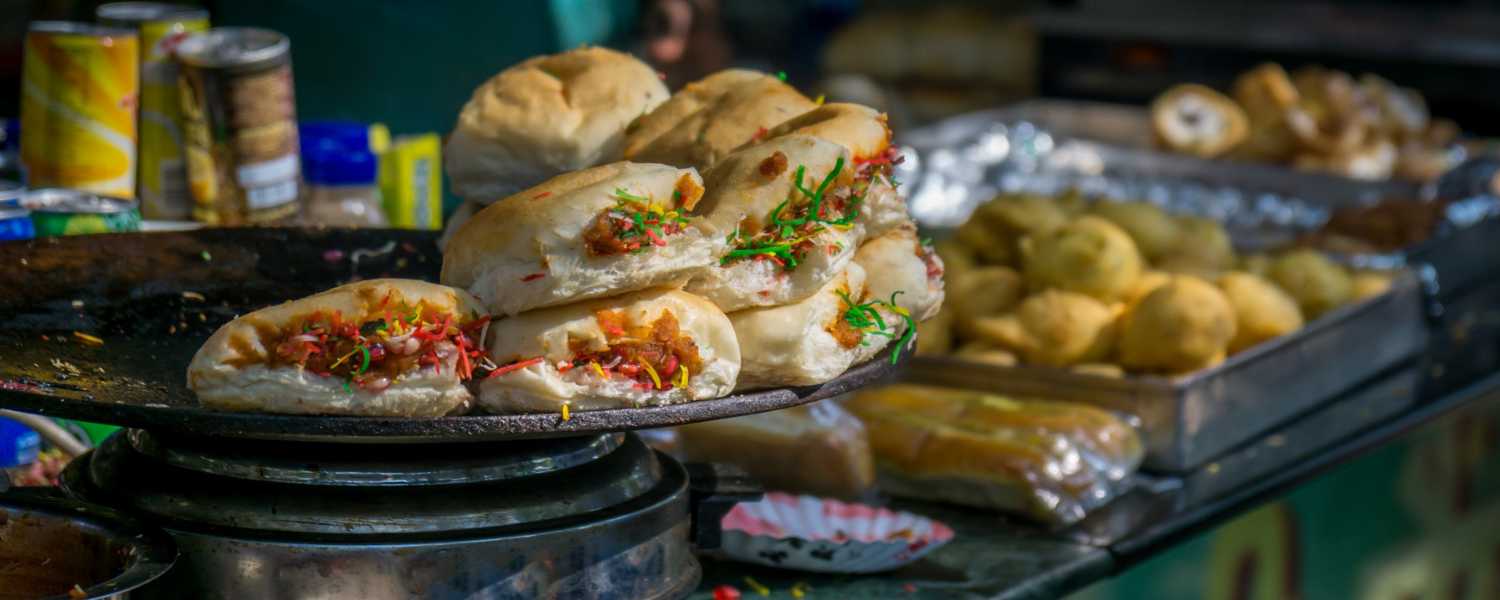
In the bustling streets of Mumbai, you’ll find a vibrant tapestry of flavours waiting to tantalise your taste buds.
Mumbai’s street food is legendary, offering delights that reflect the city’s diverse cultural heritage.
From savoury snacks like vada pav (spicy potato patties in a bun) and pav bhaji (buttery bread with a zesty vegetable mash) to sweet treats like kulfi (Indian ice cream) and jalebi (crispy fried batter soaked in syrup), every corner boasts something mouthwatering.
With its affordable prices and irresistible aromas, street food in Mumbai is not just a meal but an experience that captures the essence of the city’s spirited culinary culture.
29. Dr. Bhau Daji Lad Museum

The Dr. Bhau Daji Lad Museum, nestled in Mumbai, is a cultural gem showcasing the city’s rich heritage.
Named after the prominent physician and scholar Dr. Bhau Daji Lad, this museum offers a fascinating journey through Mumbai’s history, art, and culture.
From exquisite exhibits of ancient artefacts to intricate displays of traditional crafts, the museum provides a glimpse into the vibrant tapestry of Mumbai’s past and present.
With engaging galleries and exhibits, it offers an experience for visitors of all groups, making it a must-visit place for anyone eager to explore Mumbai’s diverse cultural heritage.
30. Mumbai’s vibrant Kala Ghoda
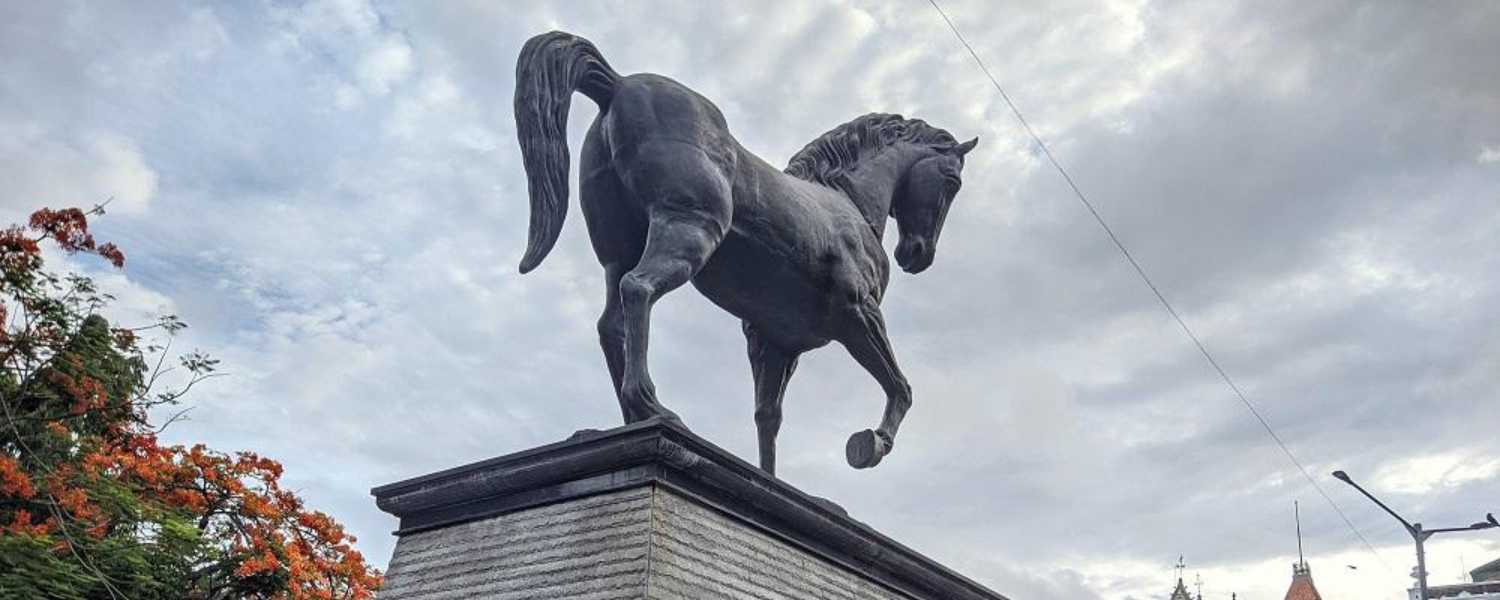
Mumbai’s vibrant Kala Ghoda! Nestled in the city’s heart, Kala Ghoda is a cultural hub renowned for its artistic flair and dynamic atmosphere.
This eclectic neighbourhood boasts an array of art galleries, boutiques, cafes, and cultural institutions, making it a must-visit place for locals and tourists.
From iconic street art to bustling markets, Kala Ghoda pulsates with creativity and energy, offering a glimpse into Mumbai’s rich cultural tapestry.
Whether strolling through its charming lanes or indulging in its culinary delights, Kala Ghoda promises an unforgettable experience that celebrates the essence of Mumbai’s artistic spirit.
31. Global Vipassana Pagoda – Gorai
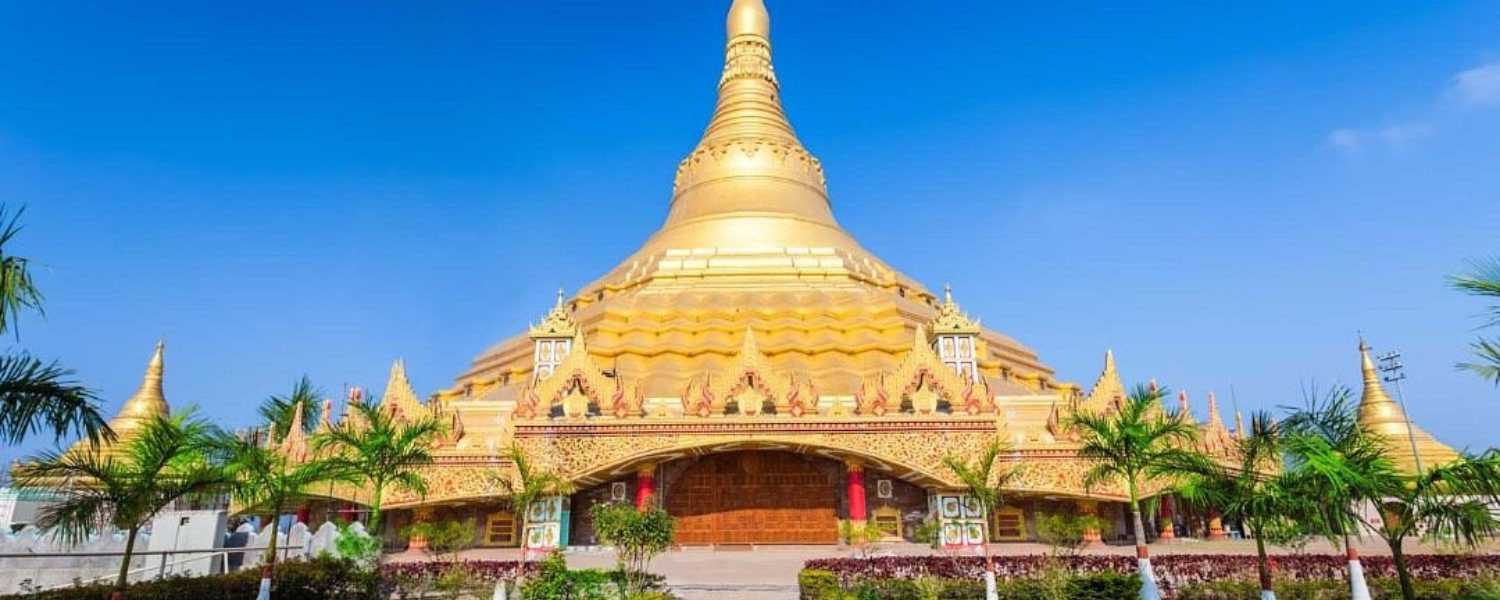
The Global Vipassana Pagoda in Gorai, Mumbai, stands tall as a symbol of peace.
It’s a majestic structure that attracts visitors from all over the world.
Built to honour the teaching of Vipassana, a form of meditation, this pagoda serves as a centre for learning and practice.
Surrounded by greenery and the Arabian Sea, it provides an environment for meditation and reflection.
Visitors can explore the pagoda’s intricate architecture, adorned with intricate carvings and designs.
The vast meditation hall offers a tranquil space for individuals to get into their inner selves and find inner peace.
32. Mumbai’s Thriving Art Scene
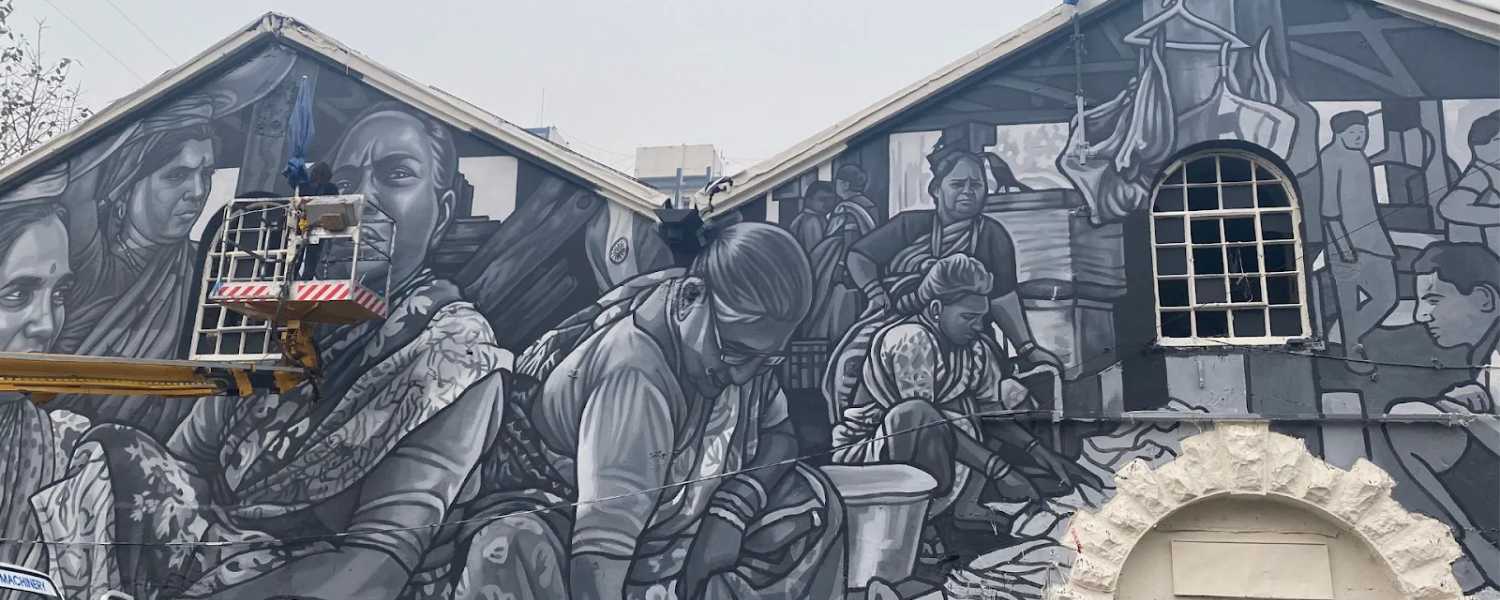
Mumbai’s art scene is vibrant and diverse, reflecting the city’s rich cultural heritage.
From traditional to contemporary art forms, there’s something for everyone to appreciate.
Galleries and art exhibitions dot the city, showcasing the artists’ works. Street art adds a colourful flair to Mumbai’s bustling streets, telling stories of the city’s past and present.
Art festivals and events bring together enthusiasts and creators, fostering a sense of community and creativity.
Whether you’re an art connoisseur or appreciate beauty, Mumbai’s art scene promises to inspire and captivate.
33. Mahim Fort Historical Landmark
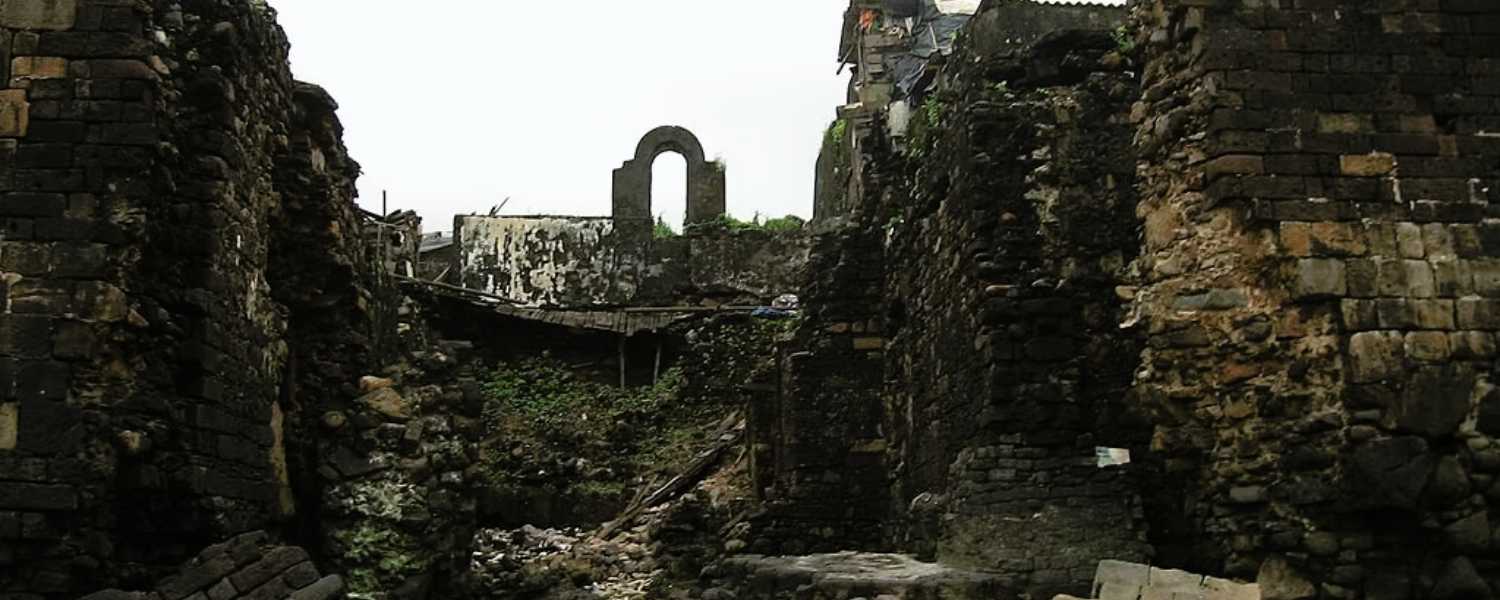
Mahim Fort stands as a testament to Mumbai’s rich history and heritage. Built by the Portuguese in the 16th century, it has witnessed centuries of conquests and changes.
Located in the heart of Mumbai, this fort offers a glimpse into the city’s past.
Visitors can explore its crumbling walls and imposing bastions, imagining the battles that once raged within its confines.
Surrounded by bustling streets and modern skyscrapers, Mahim Fort is a peaceful oasis amidst the chaos of urban life.
It serves as a reminder of Mumbai’s resilience and enduring spirit, standing tall as a historical landmark for future generations.
34. Worli Sea Face Scenic Promenade
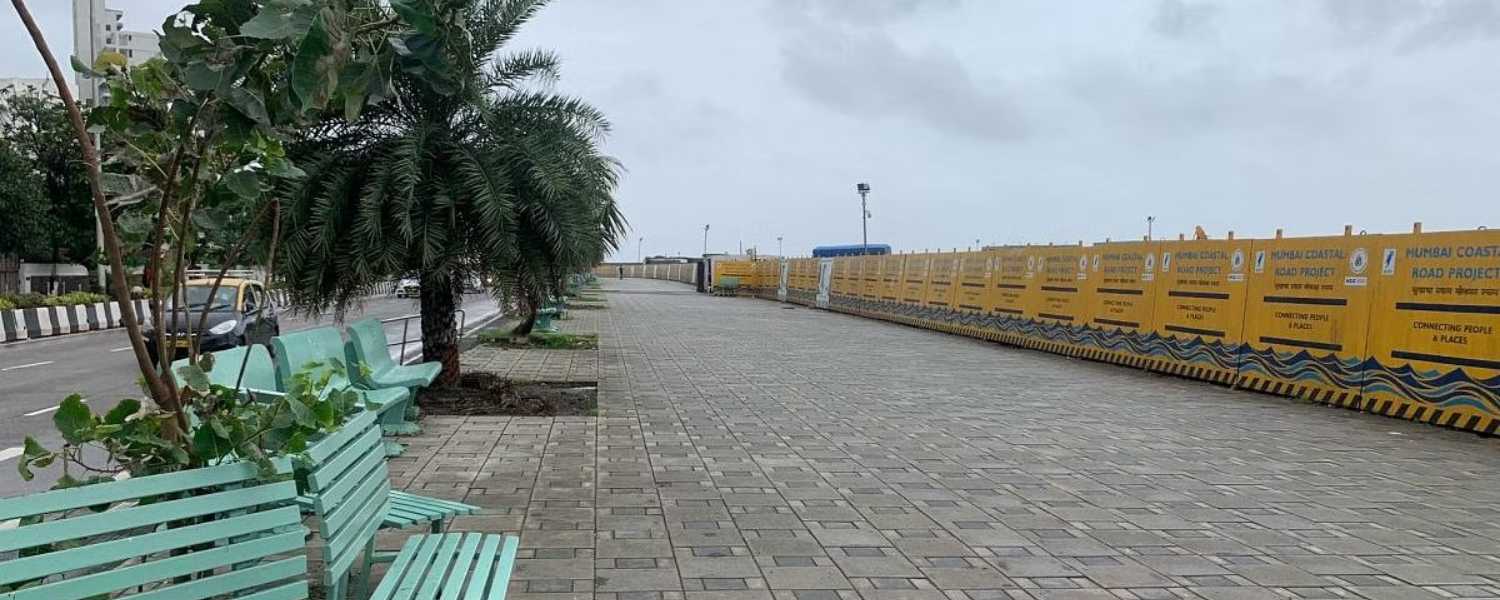
Worli Sea Face is a picturesque promenade that stretches along the Arabian Sea, offering stunning views of Mumbai’s coastline.
It’s a popular place for locals and tourists to enjoy the beauty of nature.
Whether it’s a stroll at sunset or a brisk jog in the morning, Worli Sea Face is looking for a tranquil haven away from the chaos of the city.
I’ve got just the thing for you – a serene escape that promises to soothe your soul and rejuvenate your senses.
Families gather here on weekends, flying kites and picnicking on the sandy shores.
The rhythmic sound of waves crashing against the rocks soothes the soul, creating a tranquil atmosphere.
Worli Sea Face is a beloved destination for relaxation and recreation with its panoramic vistas and cool sea breeze.
35. Mumbai’s Haffkine Institute Oldest
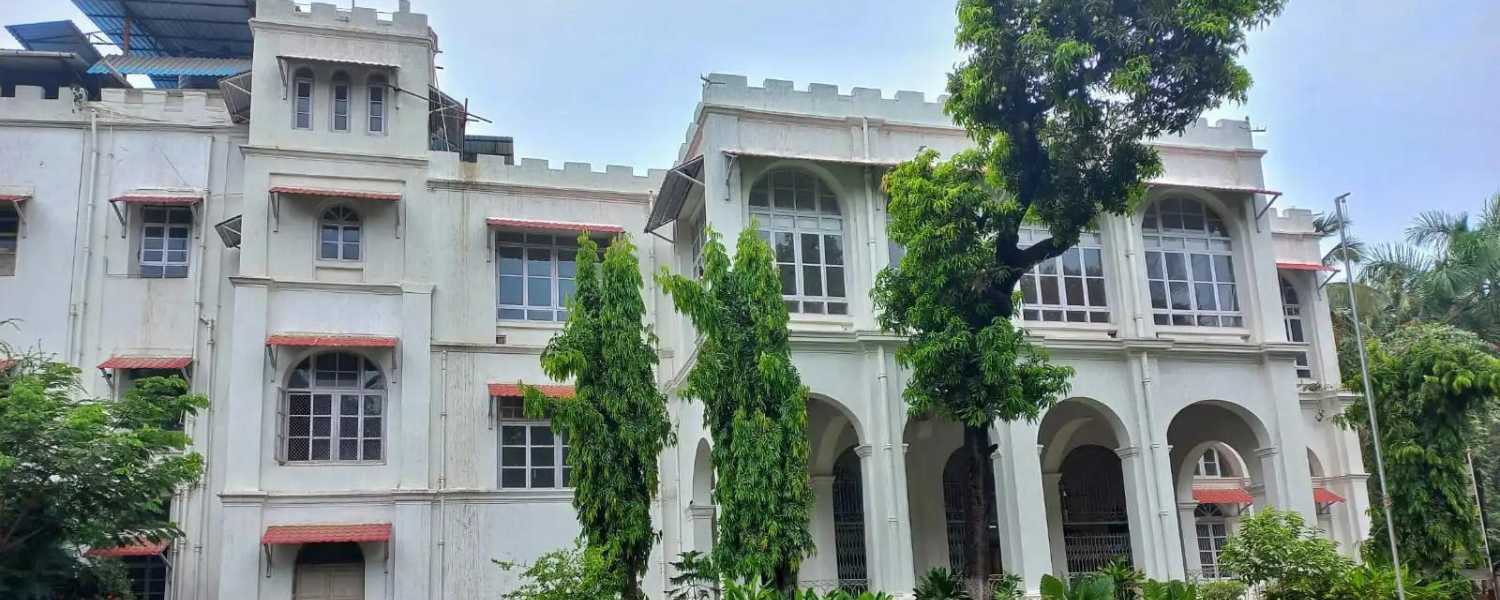
The Haffkine Institute holds the distinction of being Mumbai’s oldest research centre dedicated to public health.
Founded in the late 19th century by Dr. Waldemar Mordecai Haffkine, a renowned bacteriologist, it promotes general welfare.
Over the years, the institute has made significant contributions to medical research and education, pioneering breakthroughs in immunology and epidemiology.
It continues to serve as a leading institution in microbiology and infectious diseases.
With its state-of-the-art facilities and a team of scientists, the Haffkine Institute remains at the forefront of healthcare innovation, striving to improve people’s lives in Mumbai and beyond.
36. Charni Road – Jewelry Hub
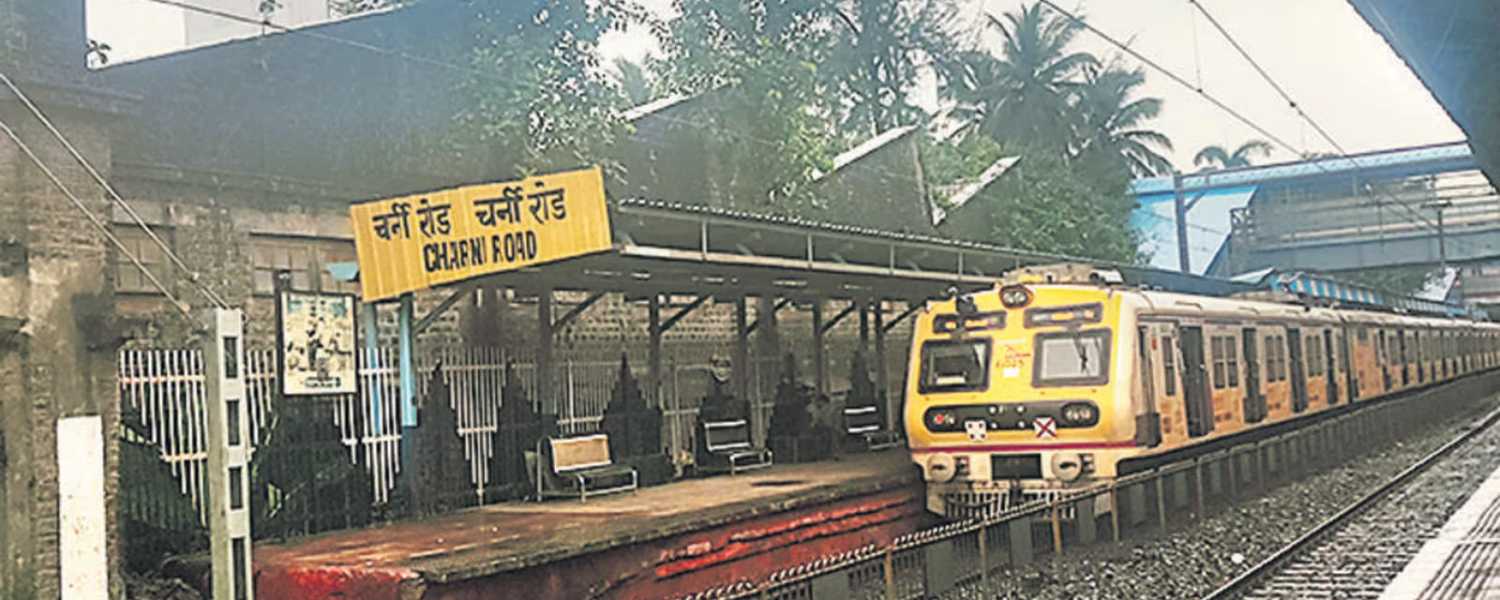
Charni Road sparkles as Mumbai’s vibrant jewellery hub, where tradition meets modernity in a dazzling array of adornments.
Nestled in the city’s heart, this bustling district is renowned for its exquisite craftsmanship and diverse jewellery designs.
From intricate gold necklaces to elegant diamond earrings, Charni Road offers something for every taste and budget.
37. Churchgate – Business District
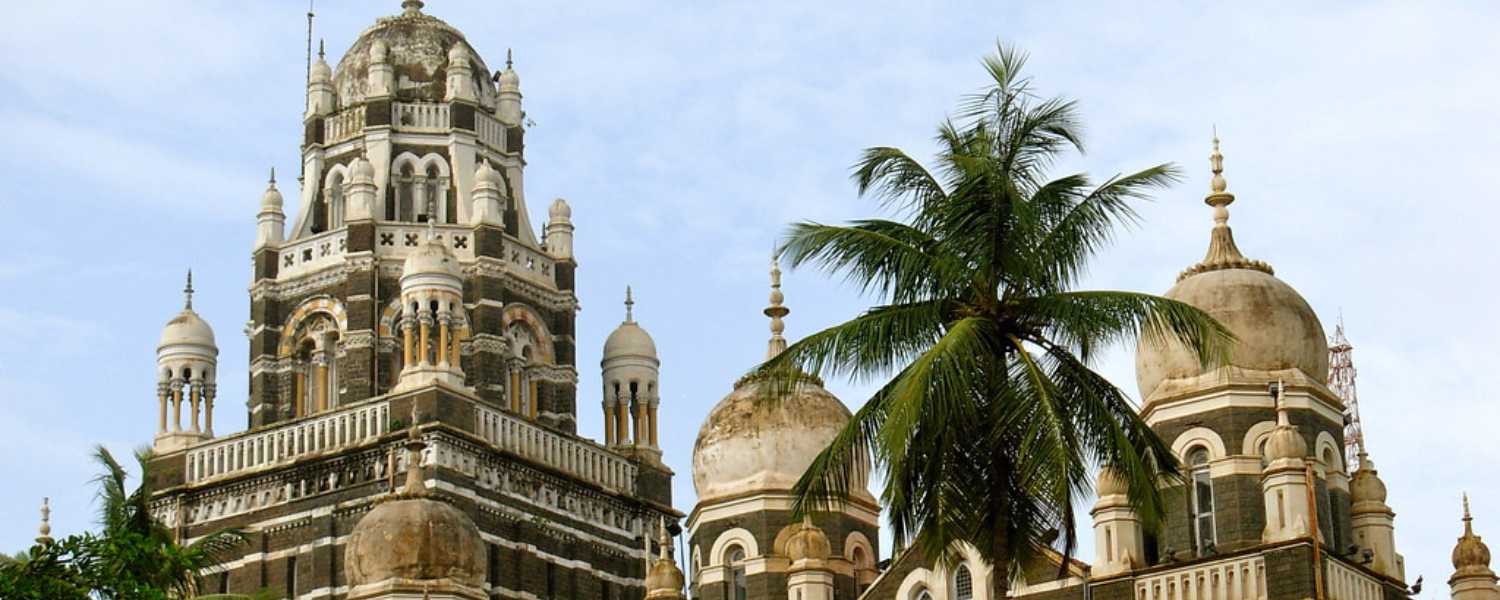
Churchgate stands tall as Mumbai’s prominent business district, pulsating with the rhythm of commerce and enterprise.
This bustling area is the epicentre of Mumbai’s economic activity and is home to numerous corporate offices, financial institutions, and commercial establishments.
Amidst the towering skyscrapers and bustling streets, professionals hustle and bustle, shaping the city’s economic landscape.
38. Mumbai’s Chhatrapati Shivaji Maharaj Museum
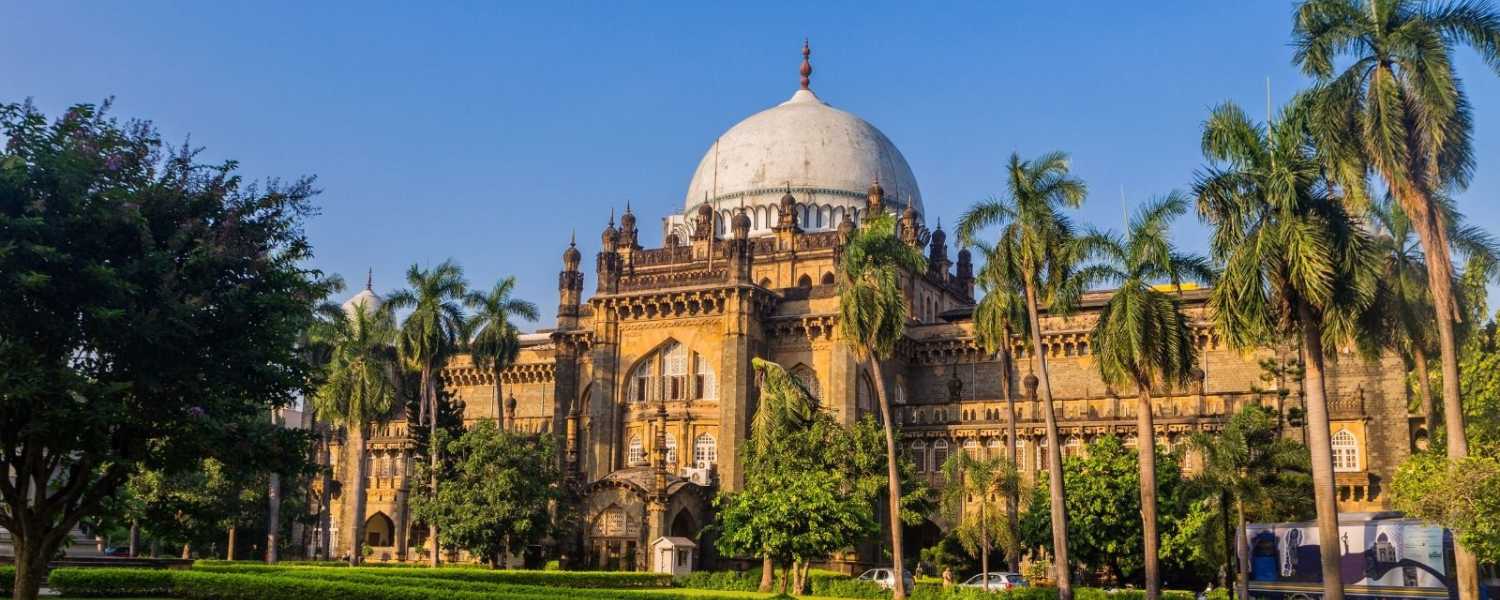
Mumbai’s Chhatrapati Shivaji Maharaj Museum, formerly the Prince of Wales Museum, is a beacon of art, culture, and history.
Located amidst the lush surroundings of South Mumbai, this architecture houses a treasure of artefacts, sculptures, and paintings that narrate the rich tapestry of India’s past.
From ancient relics to contemporary art, the museum offers a captivating journey through time and heritage.
39. Malabar Hill – Upscale Residential
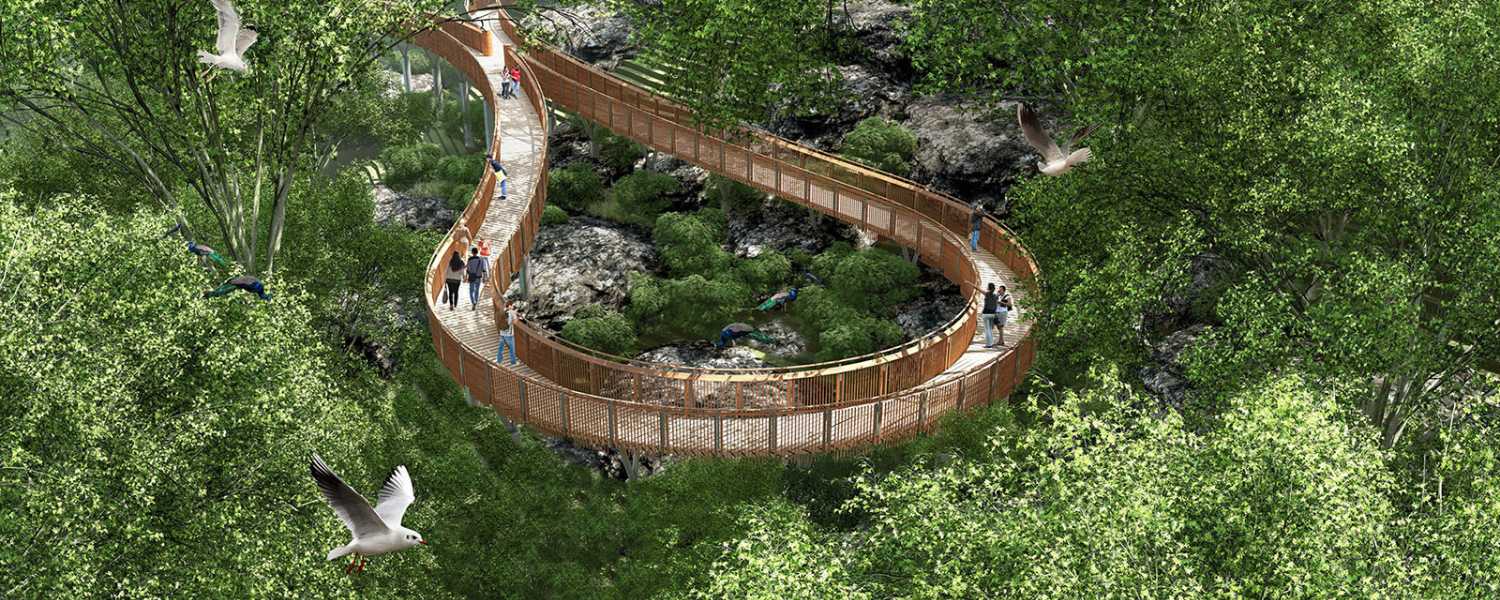
Malabar Hill epitomises luxury and opulence as Mumbai’s premier upscale residential enclave.
Perched atop a picturesque hilltop overlooking the Arabian Sea, this exclusive neighbourhood boasts sprawling mansions, lavish apartments, and verdant gardens.
With its panoramic views and serene ambiance, Malabar Hill attracts discerning residents seeking a lifestyle of refinement and tranquillity.
40. Nehru Centre Planetarium, Cultural
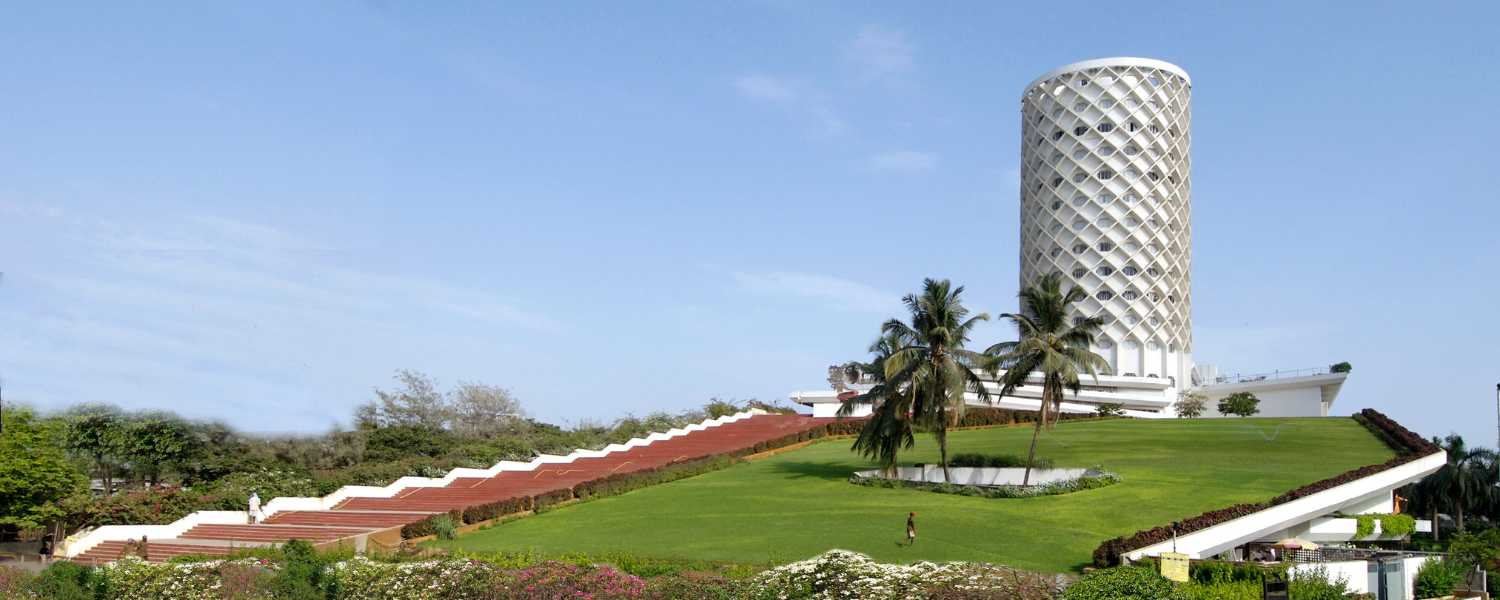
The Nehru Centre Planetarium is a celestial oasis in Mumbai’s cultural landscape, offering a gateway to the universe’s wonders.
Situated in the vibrant Worli area, this educational institution and cultural hub hosts astronomical exhibitions, stargazing sessions, and interactive workshops.
From awe-inspiring planetarium shows to insightful lectures, the Nehru Centre Planetarium ignites curiosity and fosters a deeper understanding of the cosmos among visitors of all ages.
41. Colaba Causeway – Shopping Paradise
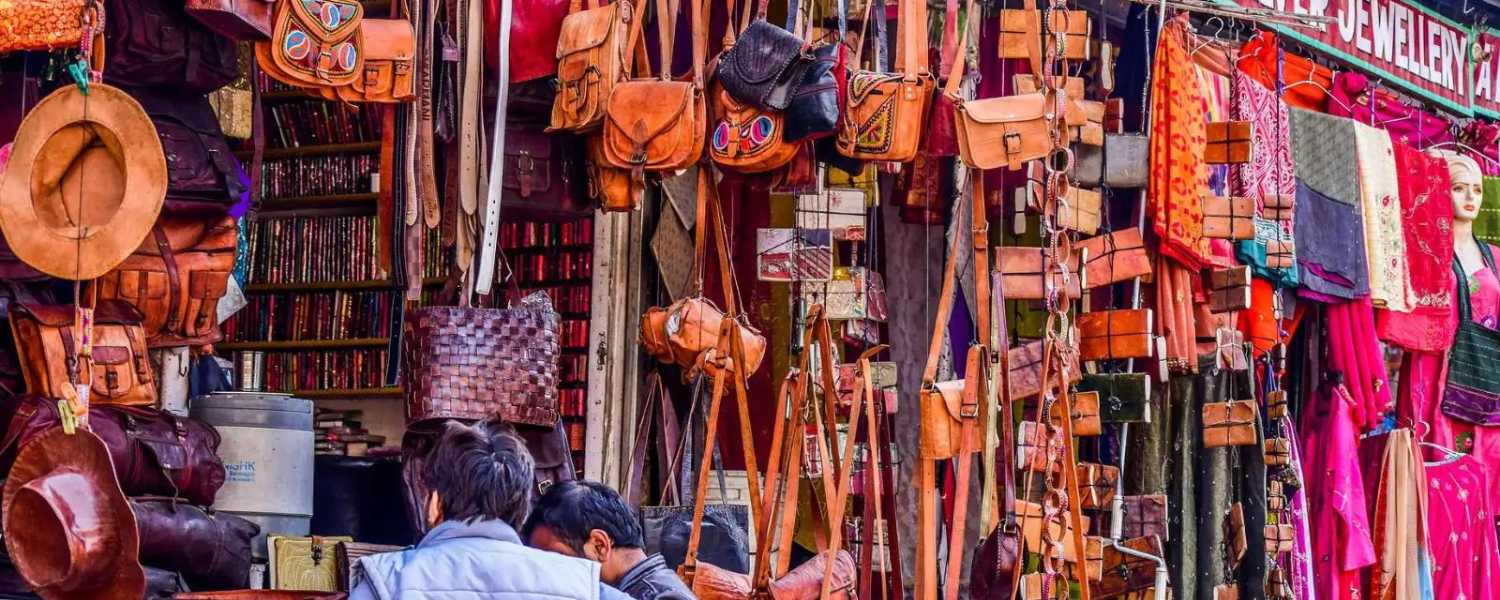
Colaba Causeway is a vibrant street market in South Mumbai, renowned as a haven for shoppers.
This market caters to every taste and budget by offering various goods ranging from clothes and accessories to handicrafts and souvenirs.
Visitors can explore rows of stalls brimming with colourful fabrics, intricate jewellery, and unique artefacts.
If you love finding great deals and unique souvenirs, you’re lucky! This place is an absolute paradise for bargain hunters and souvenir seekers alike.
Get ready to be amazed by the incredible finds and treasures that await you here.
Seekers Additionally, the market is dotted with quaint cafes and eateries where shoppers can take a break and relish local delicacies while soaking in the lively atmosphere.
Whether you’re searching for fashionable attire or quirky knick-knacks, Colaba Causeway promises an unforgettable shopping experience amidst the vibrant streets of Mumbai.
42. Mumbai’s Diverse Street Markets
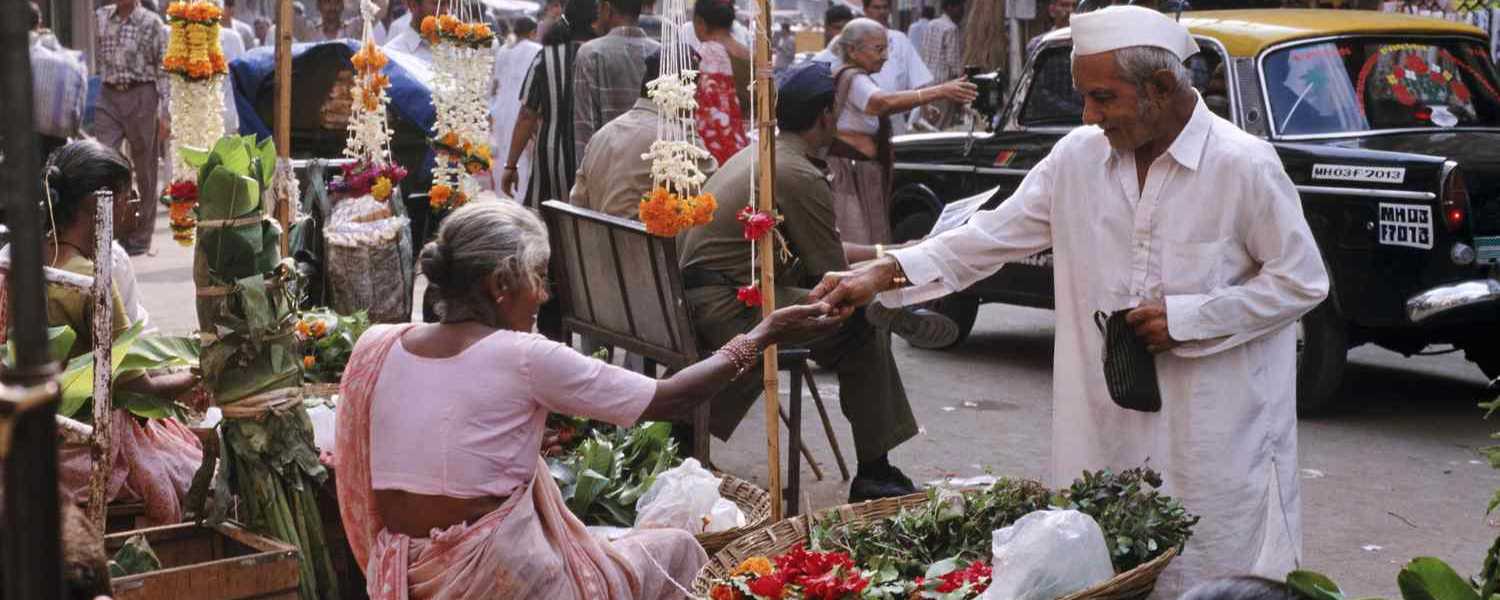
Mumbai boasts a kaleidoscope of street markets, each exuding its charm and character.
From the bustling lanes of Crawford Market brimming with fresh produce and spices to the vibrant chaos of Chor Bazaar, offering an eclectic mix of antiques and vintage finds, the city’s street markets offer a glimpse into its rich culture.
Many colourful and vibrant stalls surrounded me, offering unique and exciting products. As you make your way through the maze, you can’t help but feel a sense of wonder and excitement.
The possibilities are endless, and the experience is truly one-of-a-kind. So, are you ready to navigate this incredible marketplace and discover treasures beyond your wildest dreams? Encountering a treasure trove of goods, including clothing, electronics, handicrafts, etc.
These markets serve as commercial hubs and cultural melting pots where locals and tourists mingle, creating a dynamic and lively atmosphere.
Whether you’re haggling for the best price or simply immersing yourself in the sights and sounds, Mumbai’s diverse street markets promise an authentic and unforgettable shopping experience.
43. Rajabai Clock Tower – Heritage
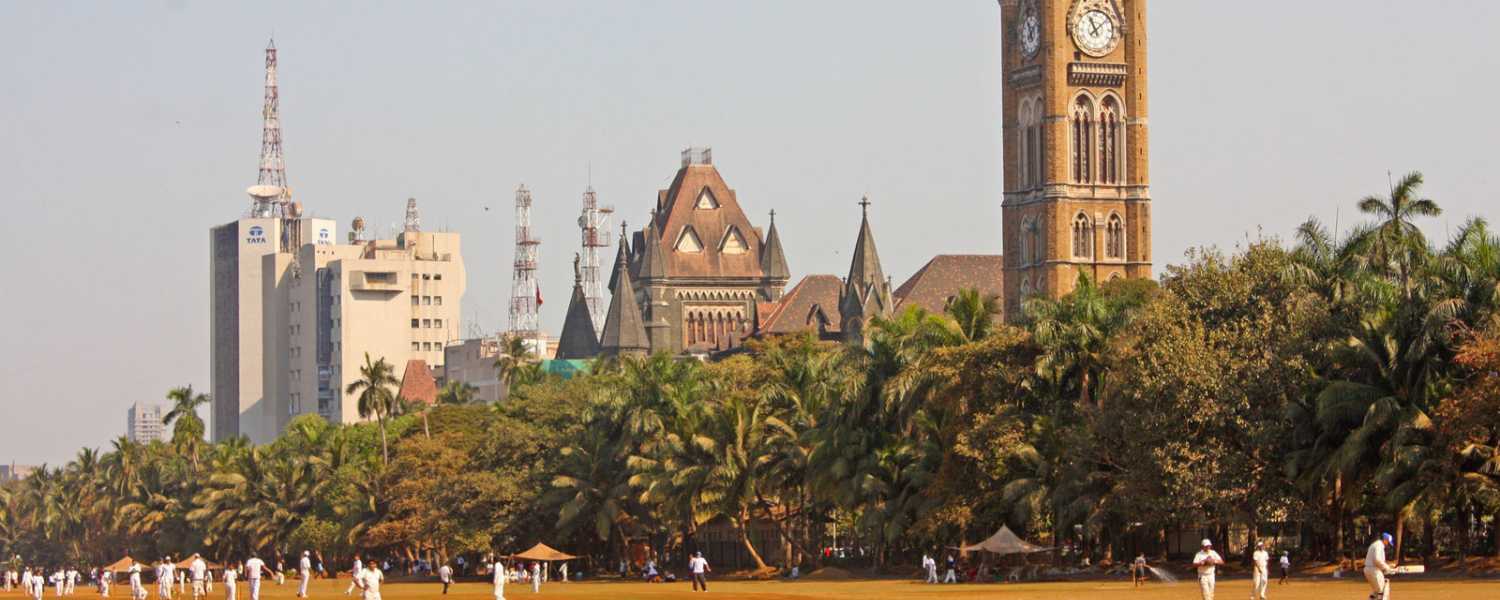
Standing tall amidst the bustling cityscape of Mumbai, the Rajabai Clock Tower is a timeless symbol of the city’s rich architectural heritage.
Completed in the late 19th century, this majestic tower is an exquisite blend of Victorian and Venetian architectural styles, adorned with intricate carvings and ornate detailing.
Named after Rajabai, the mother of the philanthropist who funded its construction, the clock tower is a testament to Mumbai’s colonial past and enduring legacy.
Visitors can marvel at the tower’s grandeur and ascend its spiral staircase to enjoy panoramic views of the city skyline.
Surrounded by gardens and buildings, the Rajabai Clock Tower remains a beloved landmark and a poignant reminder of Mumbai’s storied history.
44. Mumbai’s Horniman Circle – Historic

Nestled in the heart of South Mumbai, Horniman Circle is a tranquil oasis steeped in history and heritage.
Named after Benjamin Horniman, a prominent 19th-century editor and philanthropist, this circular park is surrounded by elegant colonial-era buildings and lush greenery, offering a serene retreat from the bustling city streets.
Visitors can stroll along the tree-lined pathways, admiring the architectural splendour of landmarks such as the Asiatic Society Library and the Bombay Stock Exchange.
The park also serves as a cultural place, annually hosting art exhibitions, music concerts, and literary events.
Whether seeking a peaceful escape or seeing Mumbai’s storied past, Horniman Circle promises a delightful blend of history, culture, and natural beauty.
45. Byculla Zoo – India’s Oldest
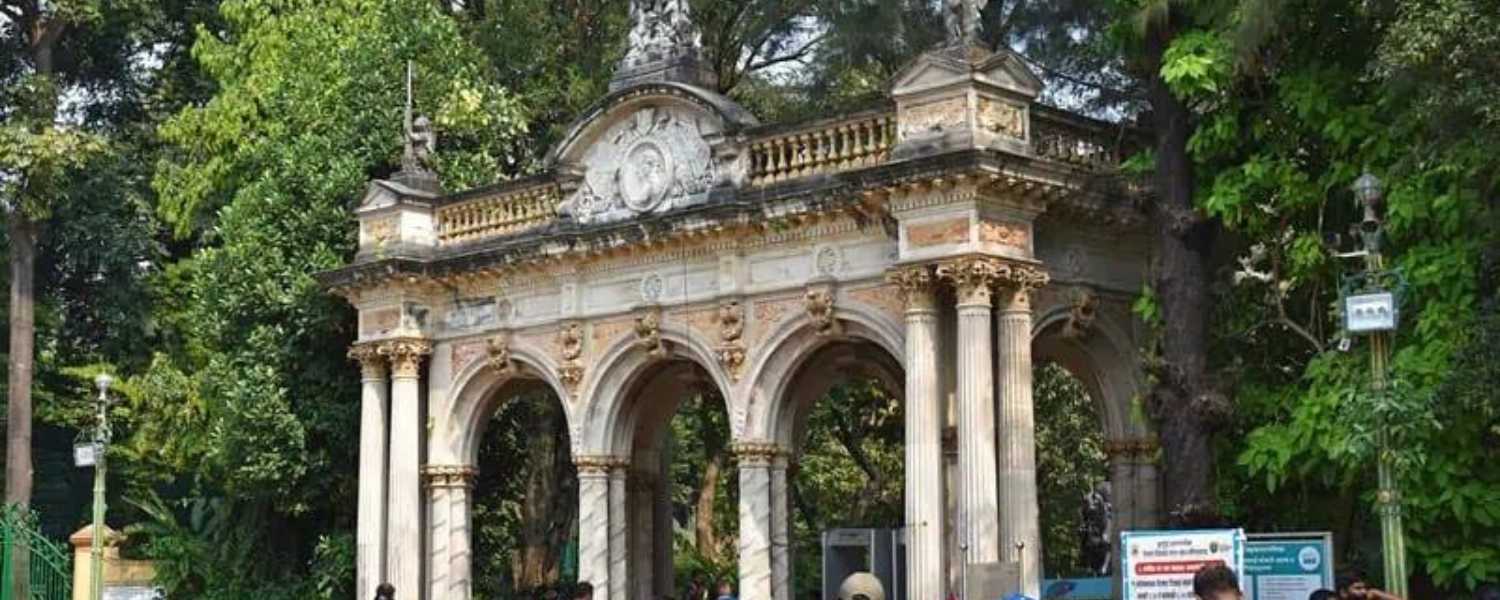
Established in 1857, Byculla Zoo is a testament to Mumbai’s enduring love for wildlife and conservation.
Spread across lush green grounds, this historic zoo is home to diverse animal species, ranging from majestic lions and playful monkeys to exotic birds and reptiles.
As India’s oldest zoo, Byculla Zoo holds a special place in the hearts of Mumbaikars, offering generations of visitors the opportunity to connect with nature and learn about wildlife conservation efforts.
The zoo plays a significant role in education and research, providing valuable insights into animal behaviour and habitat conservation.
With its scenic surroundings and diverse inhabitants, Byculla Zoo continues to enchant visitors of all ages with a deep appreciation for the world and the importance of preserving our planet’s biodiversity.
46. Bandra-Worli Sea Link: Engineering Marvel
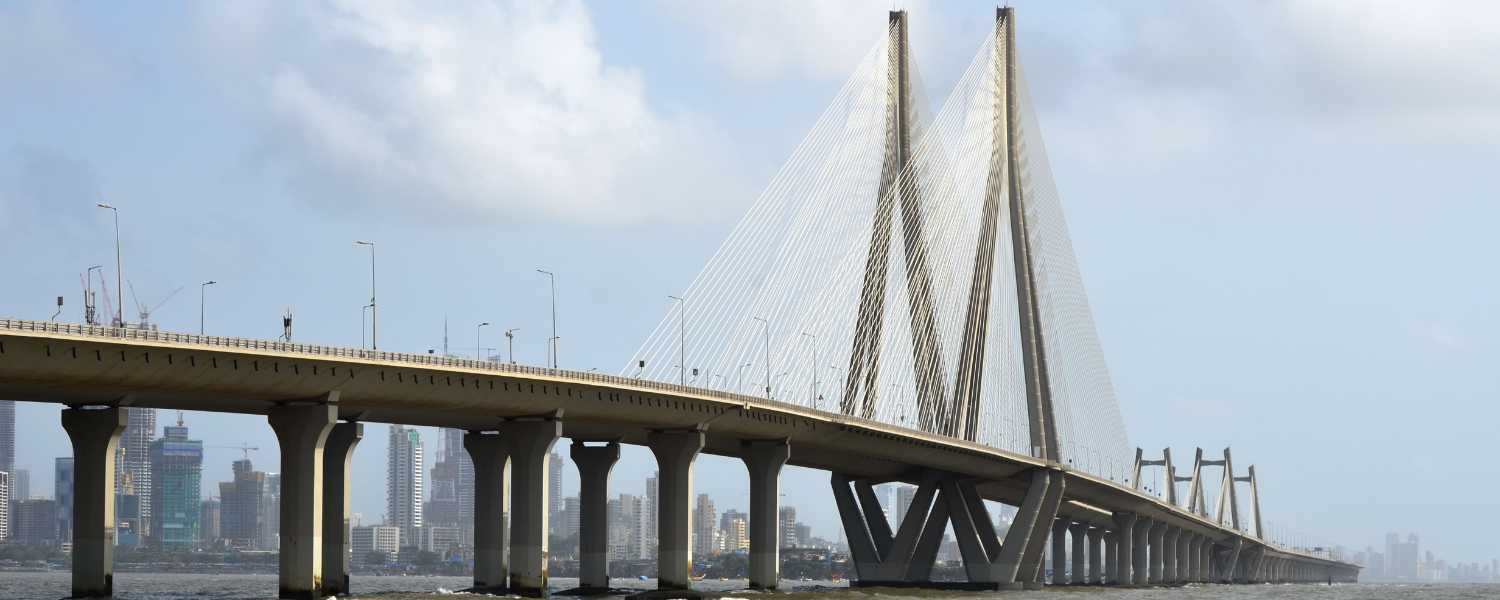
The Bandra-Worli Sea Link is a testament to human ingenuity and engineering excellence.
Spanning across the Arabian Sea, this iconic bridge connects Bandra to Worli in Mumbai, India.
Its sleek, cable-stayed design and impressive length of 5.6 kilometers make it a striking sight against the Mumbai skyline.
Engineers faced numerous challenges during its construction, including the unpredictable sea conditions and the need to minimize disruption to maritime traffic.
Yet, they succeeded in creating this awe-inspiring structure through meticulous planning and innovative construction techniques.
47. Mumbai’s Vibrant Nightlife
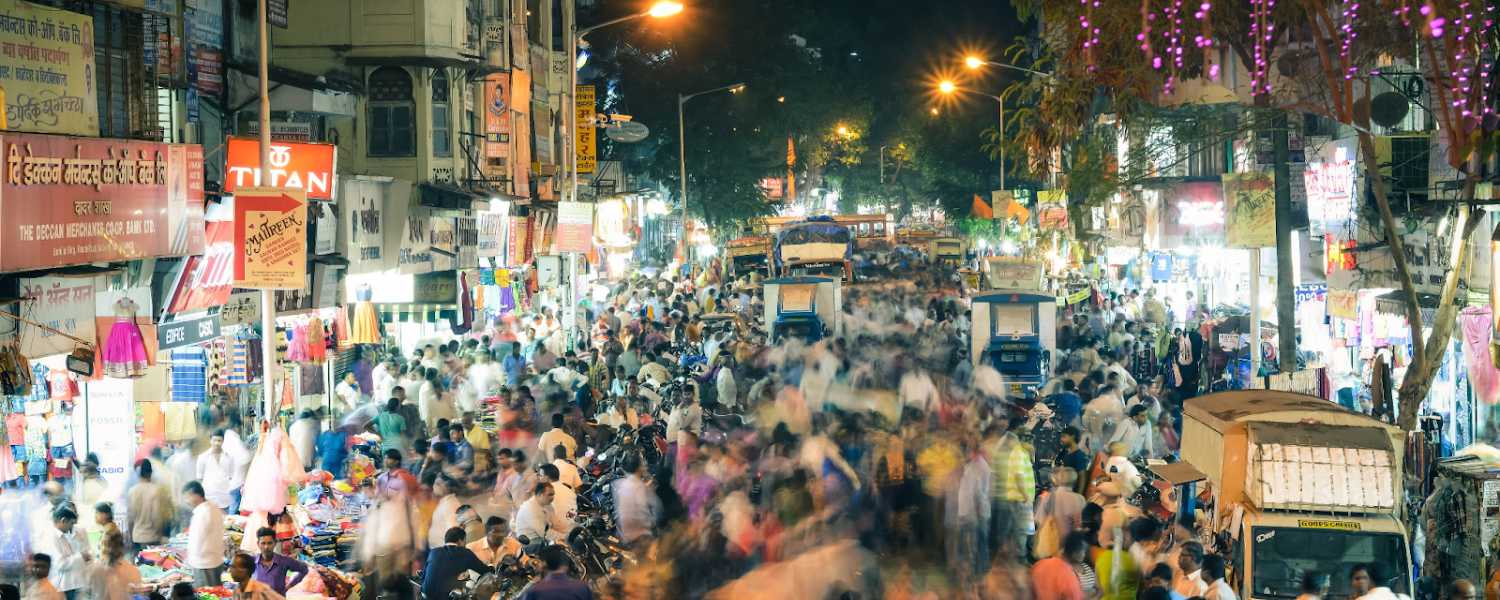
Mumbai, often called the “City that Never Sleeps,” pulsates with energy long after sunset.
Its vibrant nightlife scene offers something for everyone, from trendy rooftop bars to lively nightclubs and cosy cafes.
The city’s diverse population ensures that nightlife options cater to various tastes and preferences.
Whether you’re seeking live music performances, DJ sets, or a quiet spot to unwind with friends, Mumbai has it all.
48. Matunga – South Indian Enclave
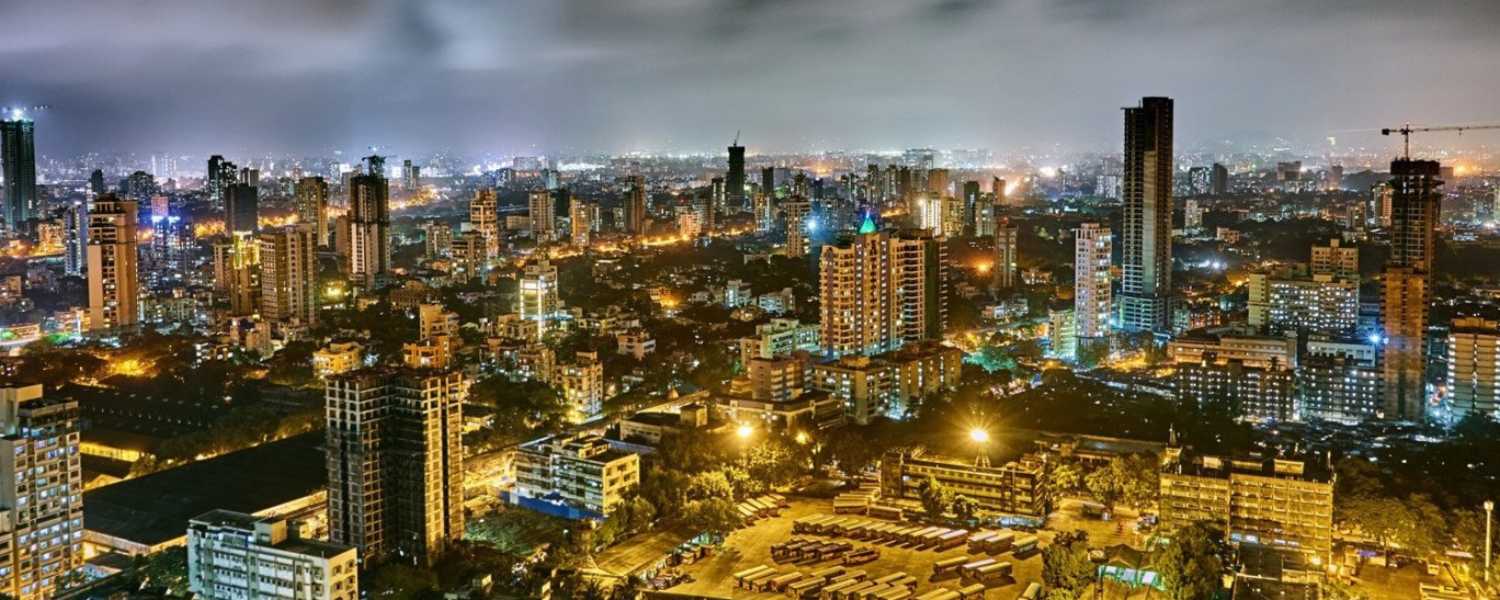
Matunga, nestled in the heart of Mumbai, is renowned as a vibrant enclave of South Indian culture and cuisine.
Its streets are lined with quaint eateries serving authentic dosas, idlis, and filter coffee, transporting visitors to the streets of Chennai or Bangalore.
Visitors to Matunga can immerse themselves in South Indian traditions, from attending classical dance performances to exploring ornate temples dedicated to Hindu deities.
With its warm hospitality and mouth-watering culinary delights, Matunga offers a slice of South India in the heart of Mumbai.
49. Mumba Devi Temple – City’s Icon
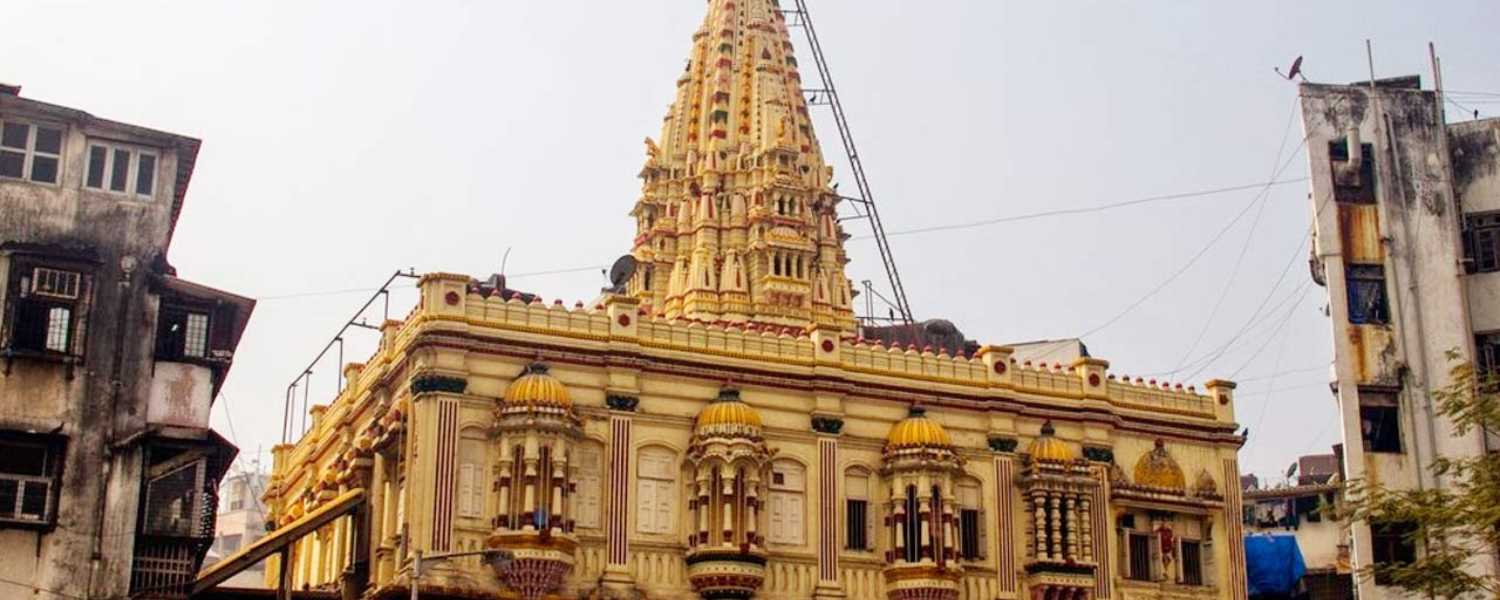
Mumbai owes its name to the revered Mumba Devi Temple, dedicated to the city’s patron goddess.
Situated in the bustling Bhuleshwar area, this ancient temple is steeped in mythology and attracts devotees from far and wide.
Legend has it that Mumbai derives its name from “Mumbadevi,” the temple’s presiding deity.
The temple was built by early settlers as a tribute to Mumba Devi, who is believed to protect the city and its inhabitants.
The temple’s architecture reflects Hindu and indigenous styles, with intricate carvings adorning its walls and pillars.
Devotees flock to the temple to take blessings for prosperity, success, and protection from harm.
50. Sassoon Docks – Fishing Harbor
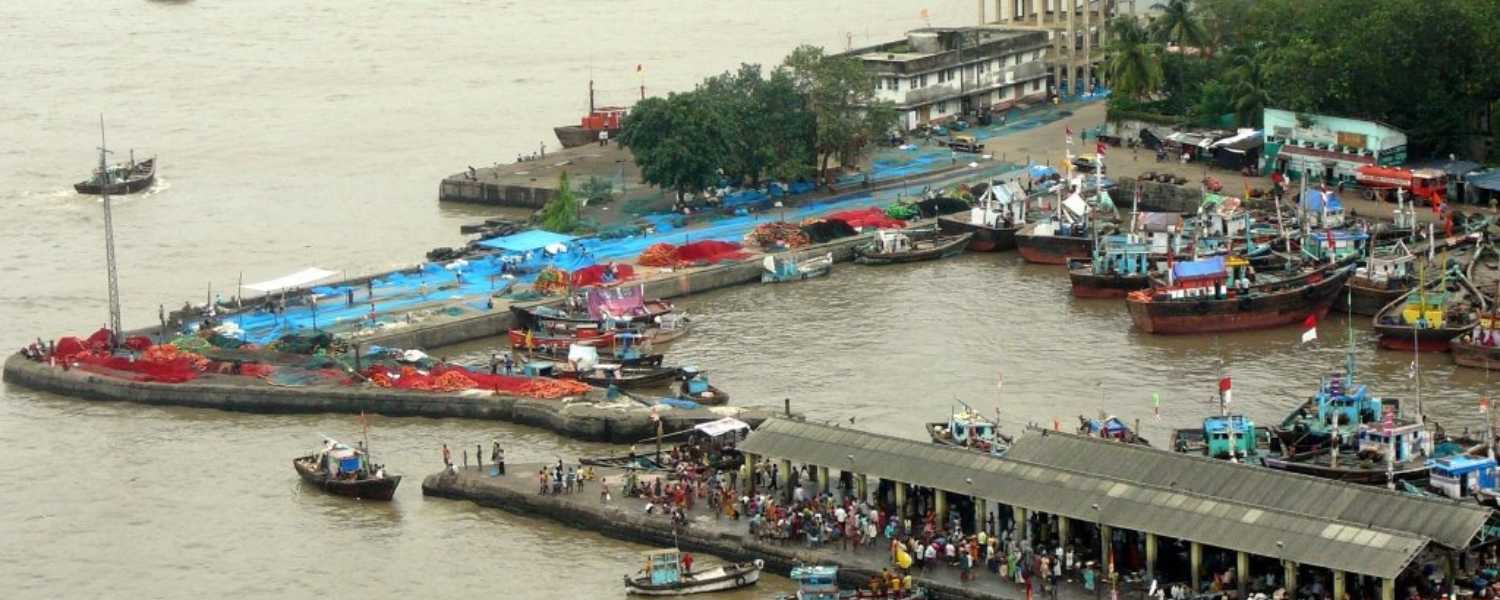
Sassoon Docks, located in Facts About Mumbai Colaba area, serves as the city’s primary fishing harbor and a bustling hub of activity.
In the early morning, fishermen set out to sea, returning with their catch to be sold at the vibrant fish market.
The docks offer a glimpse into Facts About the Mumbai maritime industry, where traditional fishing practices intersect with modern commerce.
Visitors can have the hustle and bustle of fish auctions as vendors barter over fresh seafood from the Arabian Sea.
Beyond its commercial significance, Sassoon Docks holds cultural and historical importance in Facts About Mumbai narrative.
Built during the British colonial era, the docks have stood the test of time, evolving into a vital lifeline for the city’s seafood supply.
Conclusion
In conclusion, Mumbai is a vibrant city with diversity, energy, and opportunities.
From landmarks like the Gateway of India to its bustling streets filled with vendors and commuters, Mumbai encapsulates the essence of modern India.
Its rich history, thriving film industry, and resilient spirit make it a magnet for dreamers and doers alike.
Despite its challenges, Mumbai continues to evolve, embracing change while holding onto its unique identity.
Whether you’re a visitor or a resident, Mumbai never fails to leave a lasting impression, leaving you captivated by its charm and captivated by its complexity.
FAQ-
Q: Why is Mumbai famous?
A: Mumbai is famous for several reasons. It’s home to Bollywood, the Hindi film industry, and landmarks like the Gateway of India and Marine Drive.
Additionally, Mumbai is a melting pot of cultures and cuisines, making it a vibrant and diverse city.
Q: What is the weather like in Mumbai?
A: Mumbai has a tropical climate, with hot and humid summers and mild winters. Monsoon season, from June to September, brings heavy rainfall to the city.
Q: What are some must-visit places in Mumbai?
A: Some must-visit places in Mumbai include the Gateway of India, Elephanta Caves, Juhu Beach, Siddhivinayak Temple, and the vibrant markets of Colaba and Bandra.
Q: Is Mumbai safe for tourists?
A: Like any big city, Mumbai has its share of petty crime, but it’s generally considered safe for tourists.
Standard precautions, like avoiding isolated areas at night and keeping belongings secure, are essential.
Q: What transportation options are available in Mumbai?
A: Mumbai has a well-developed transportation network, including suburban trains, buses, taxis, auto-rickshaws, and ride-sharing services like Ola and Uber.
The suburban train network, known as the “local trains,” is the city’s lifeline, connecting different parts of Mumbai and its suburbs.
Q: What is the local cuisine like in Mumbai?
A: Mumbai offers a diverse culinary experience, ranging from street food delights like vada pav, pav bhaji, and bhel puri to upscale restaurants serving traditional Maharashtrian cuisine, seafood, and international fare.
Make sure to try Mumbai’s famous street food stalls and local eateries for an authentic taste of the city.
